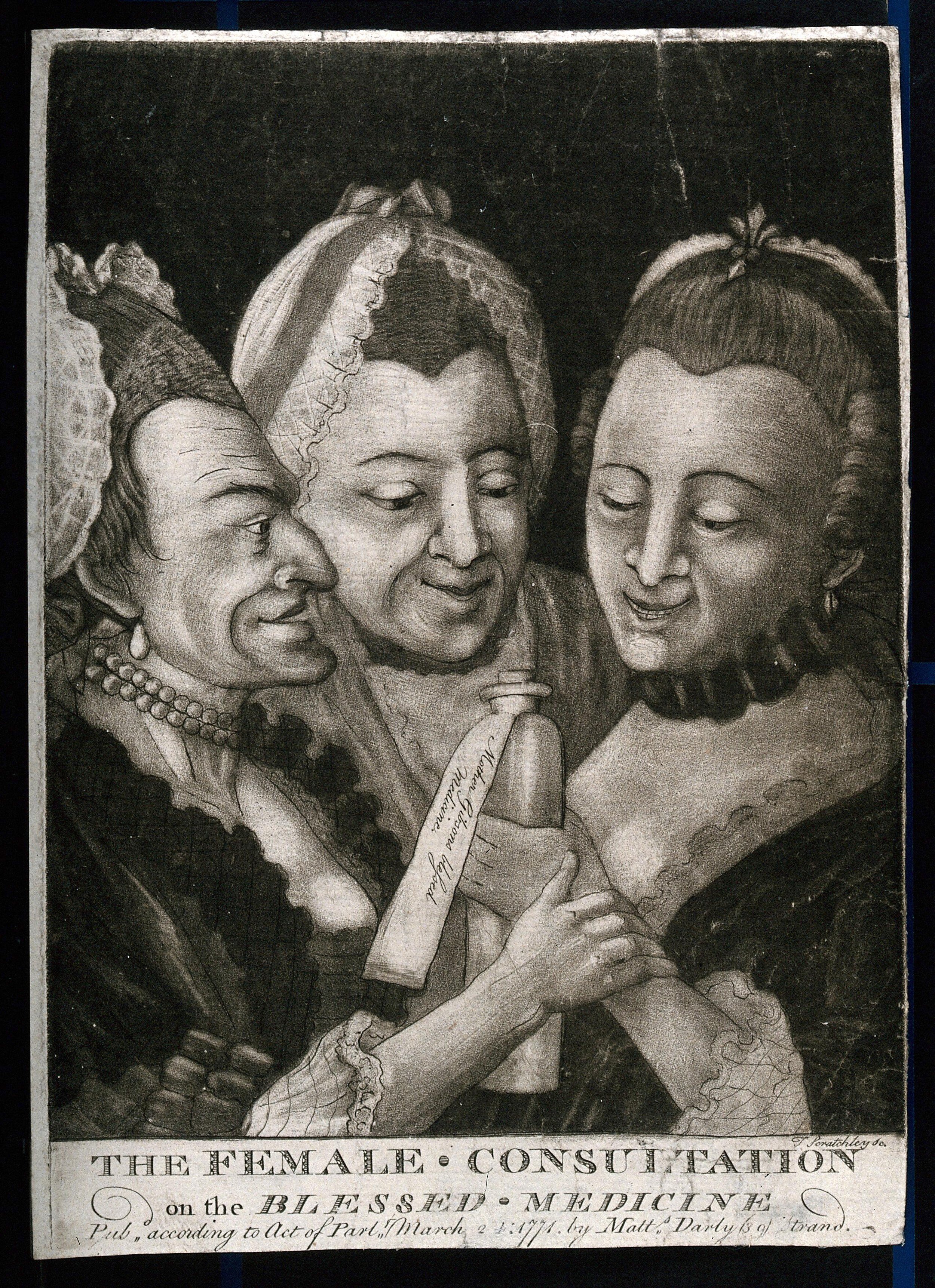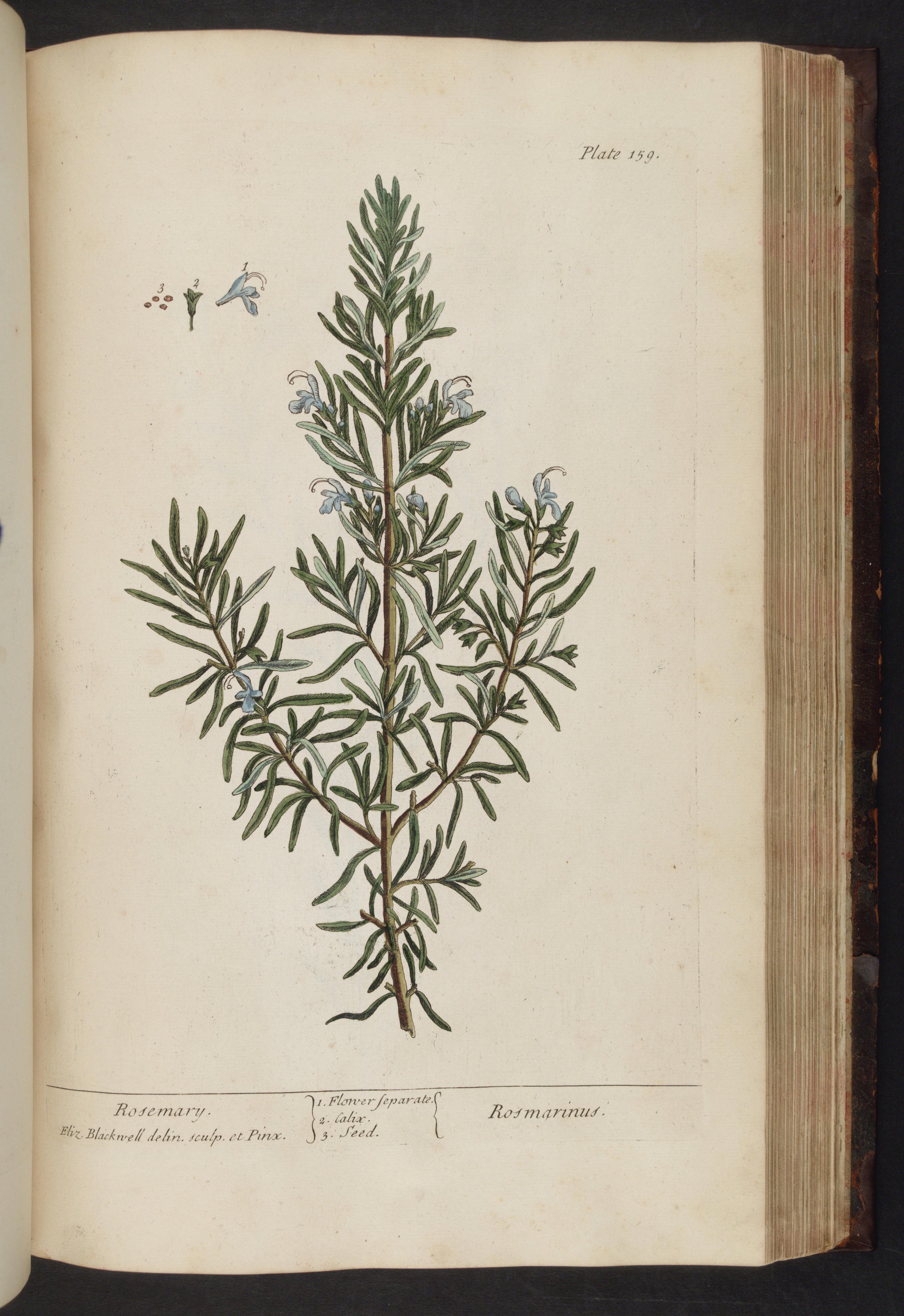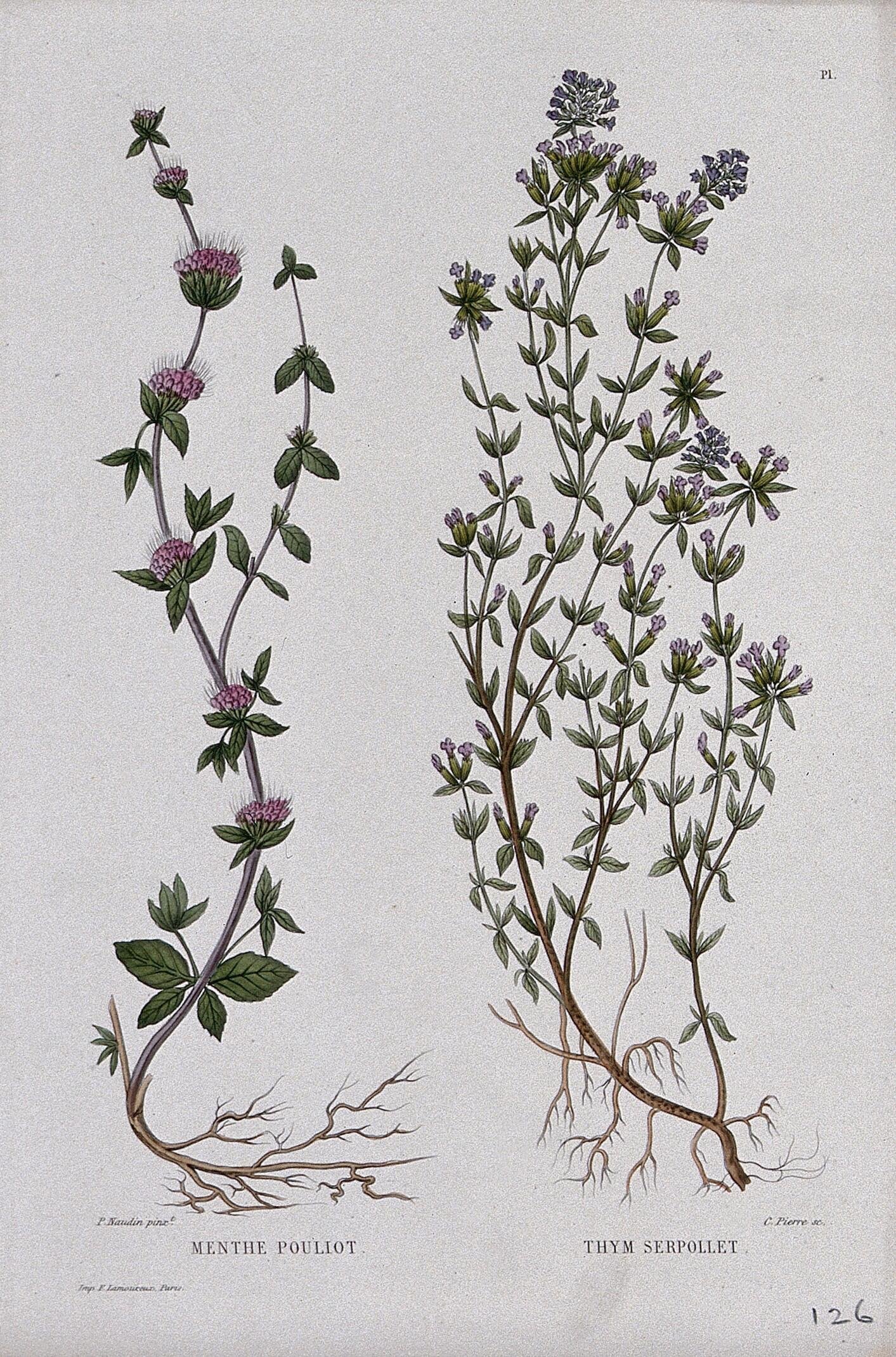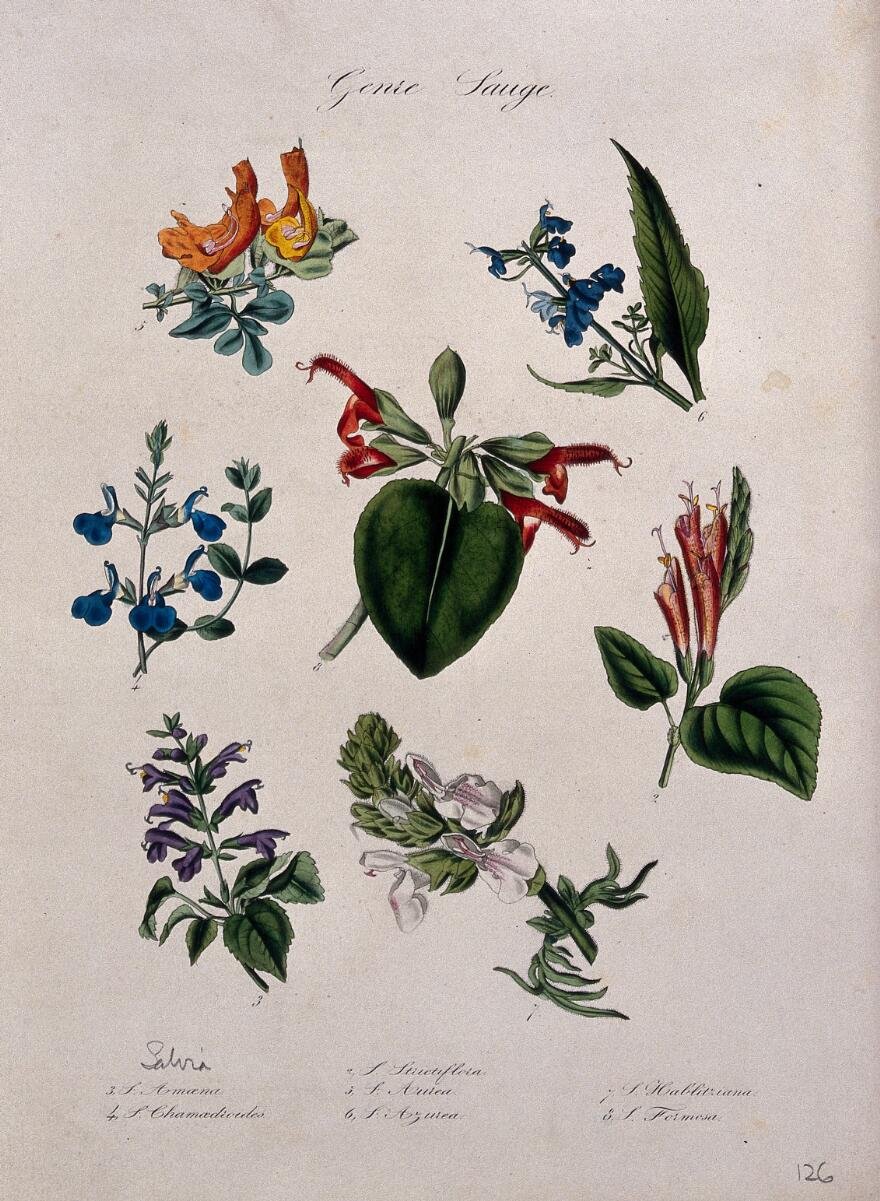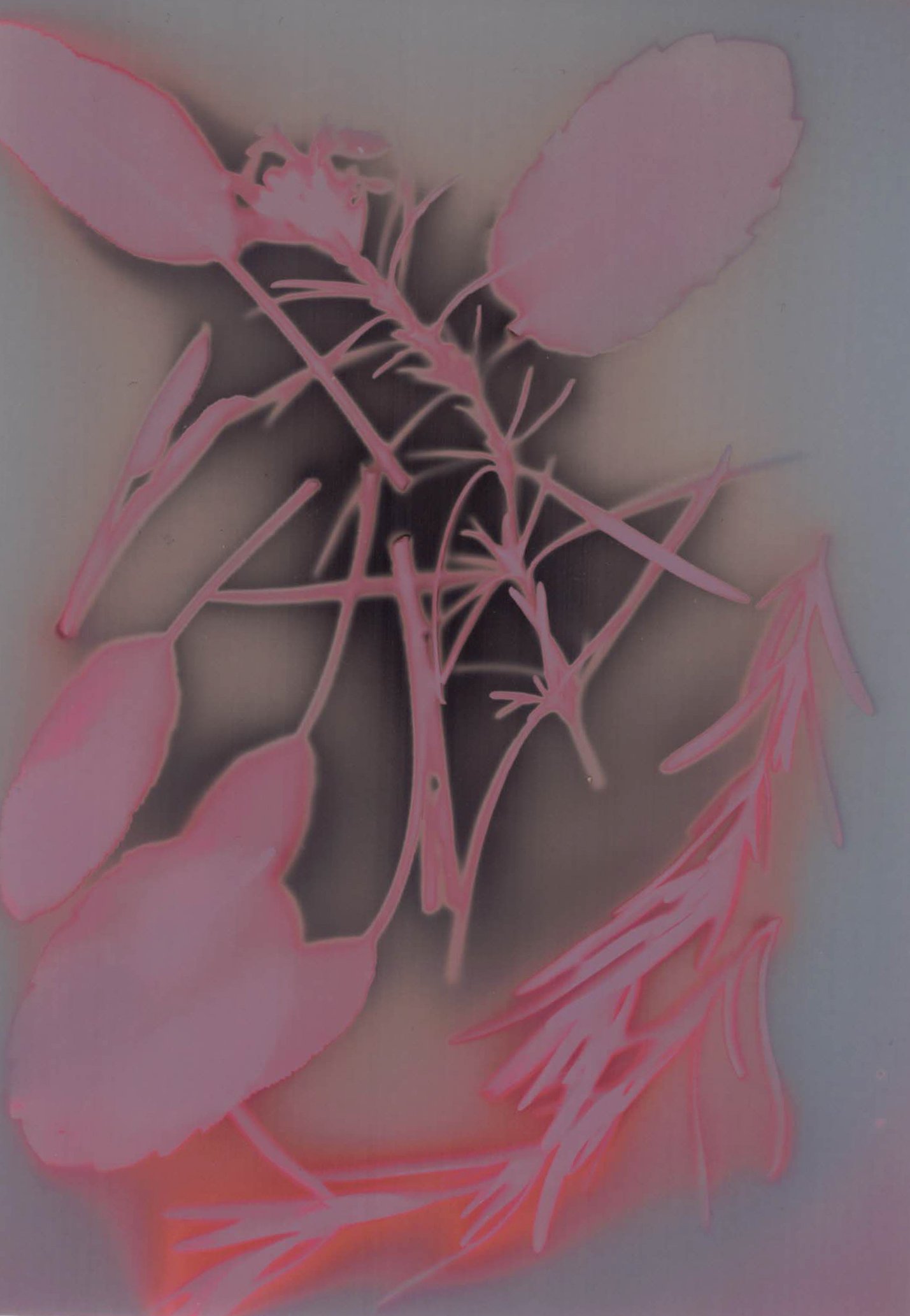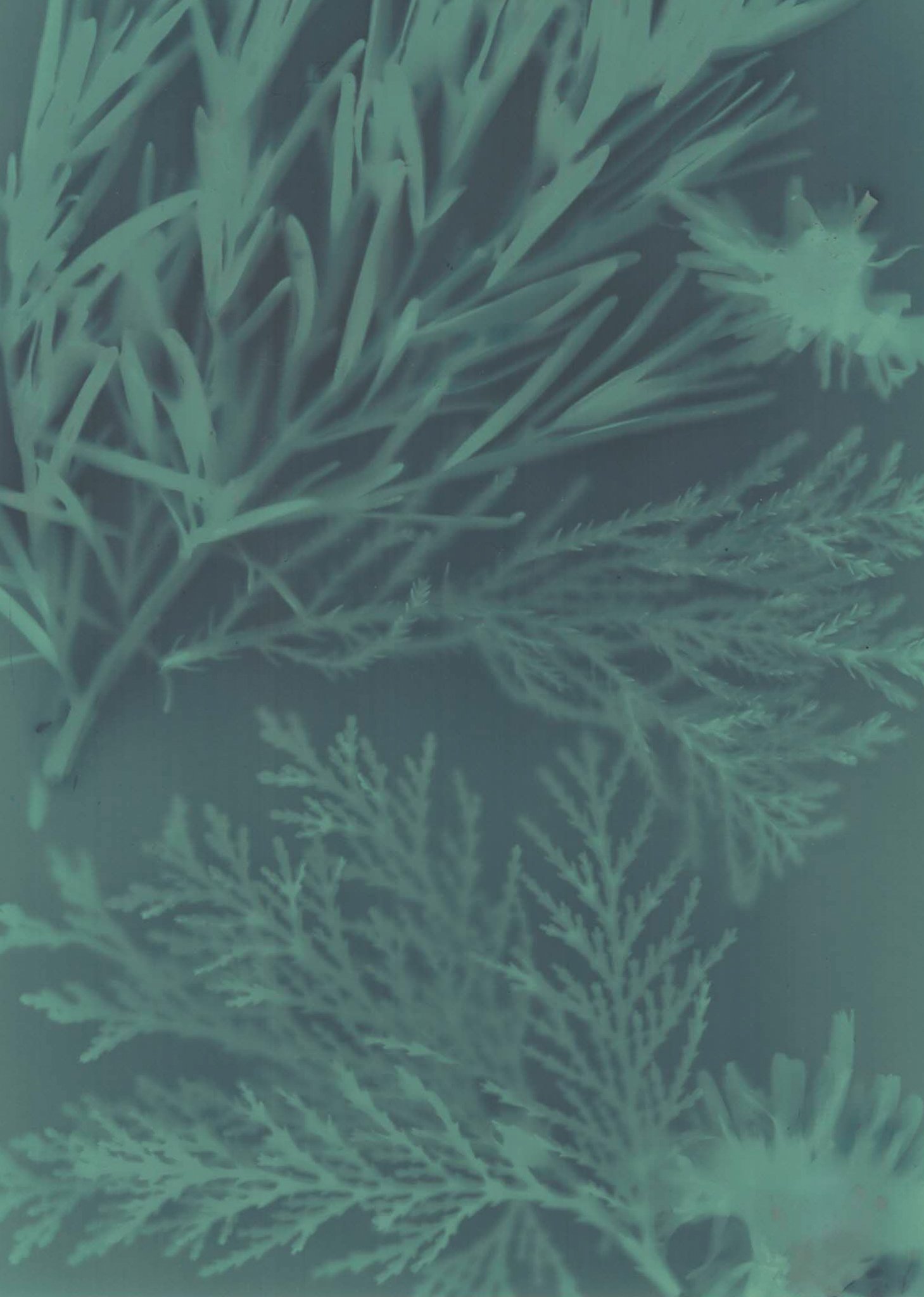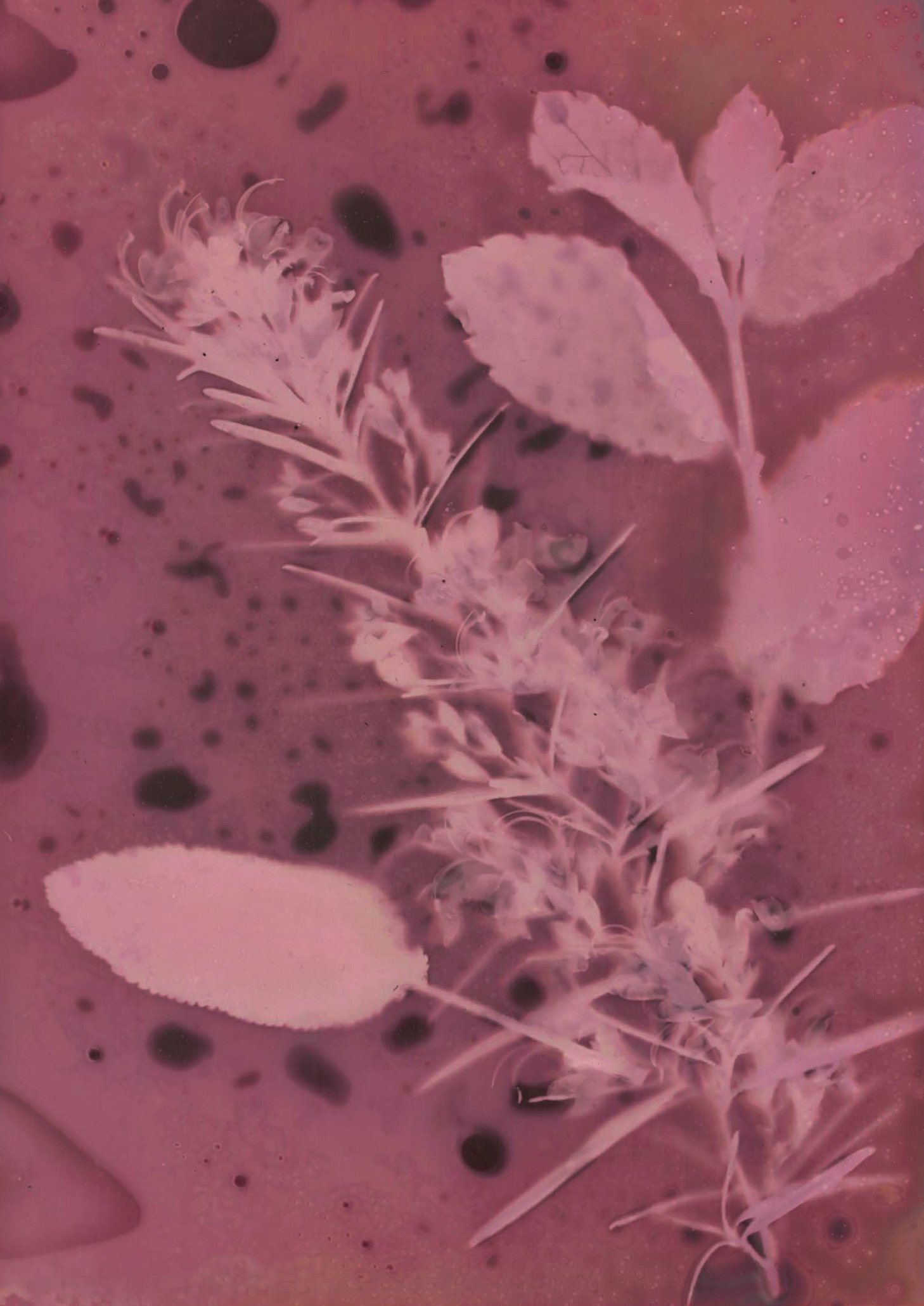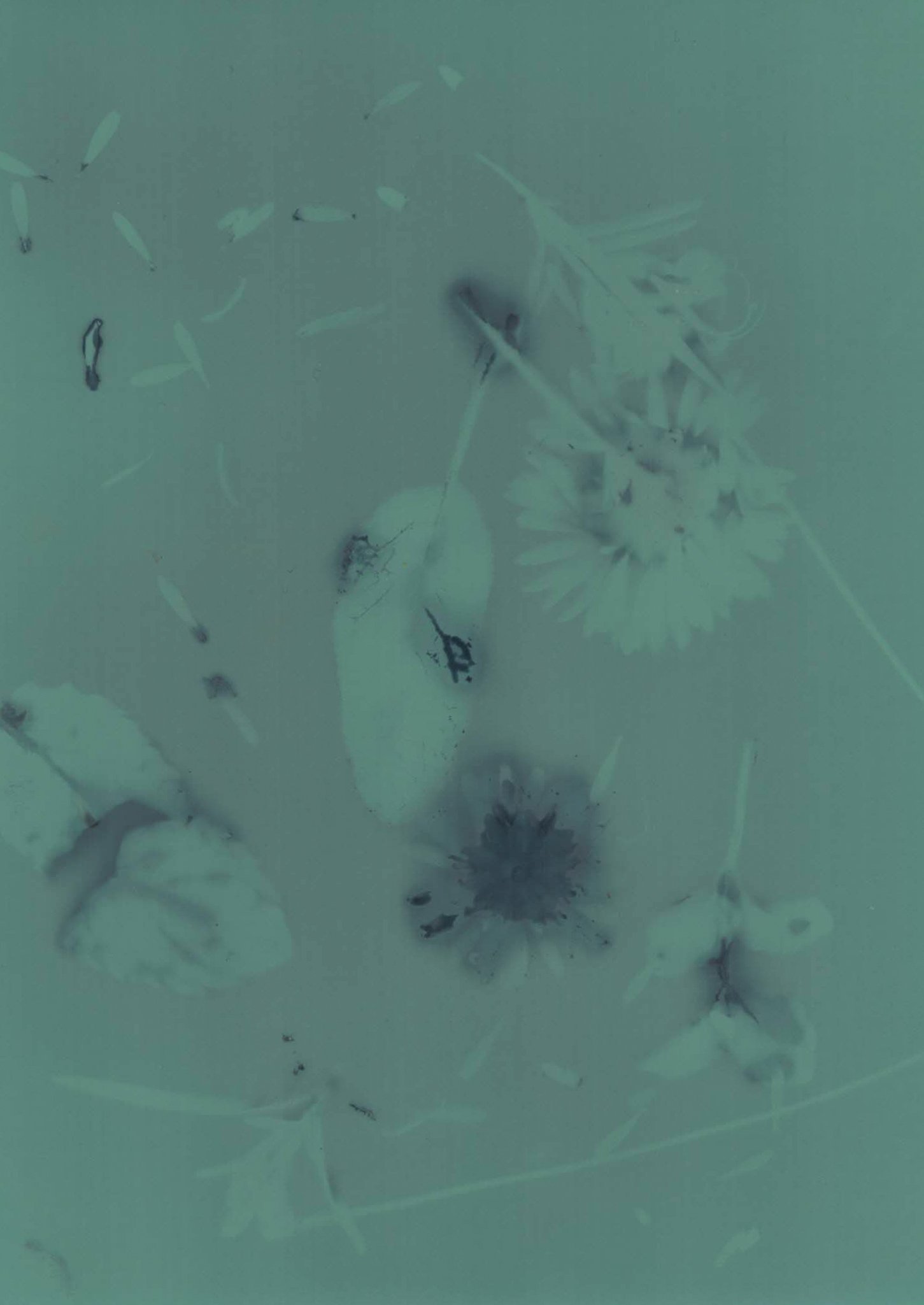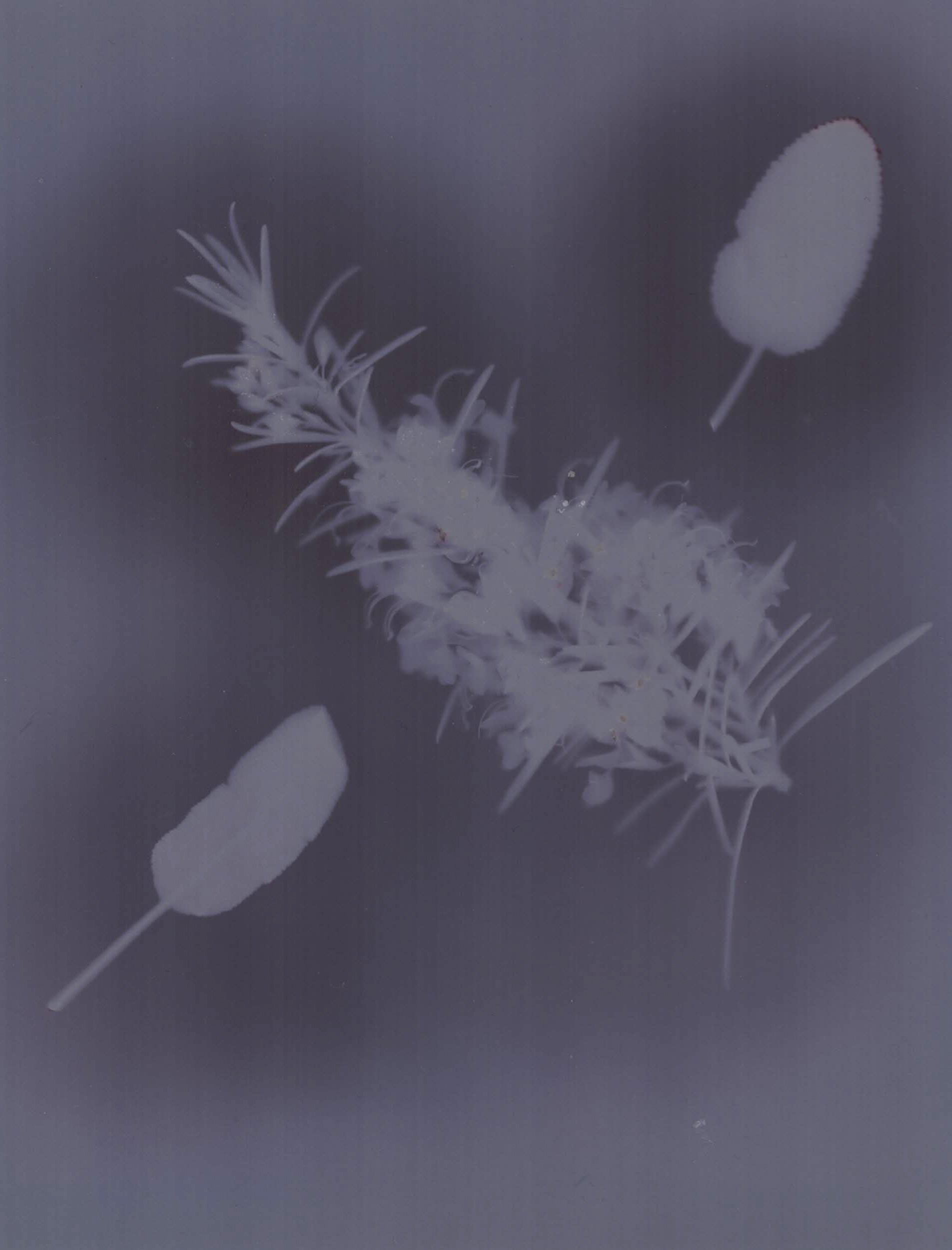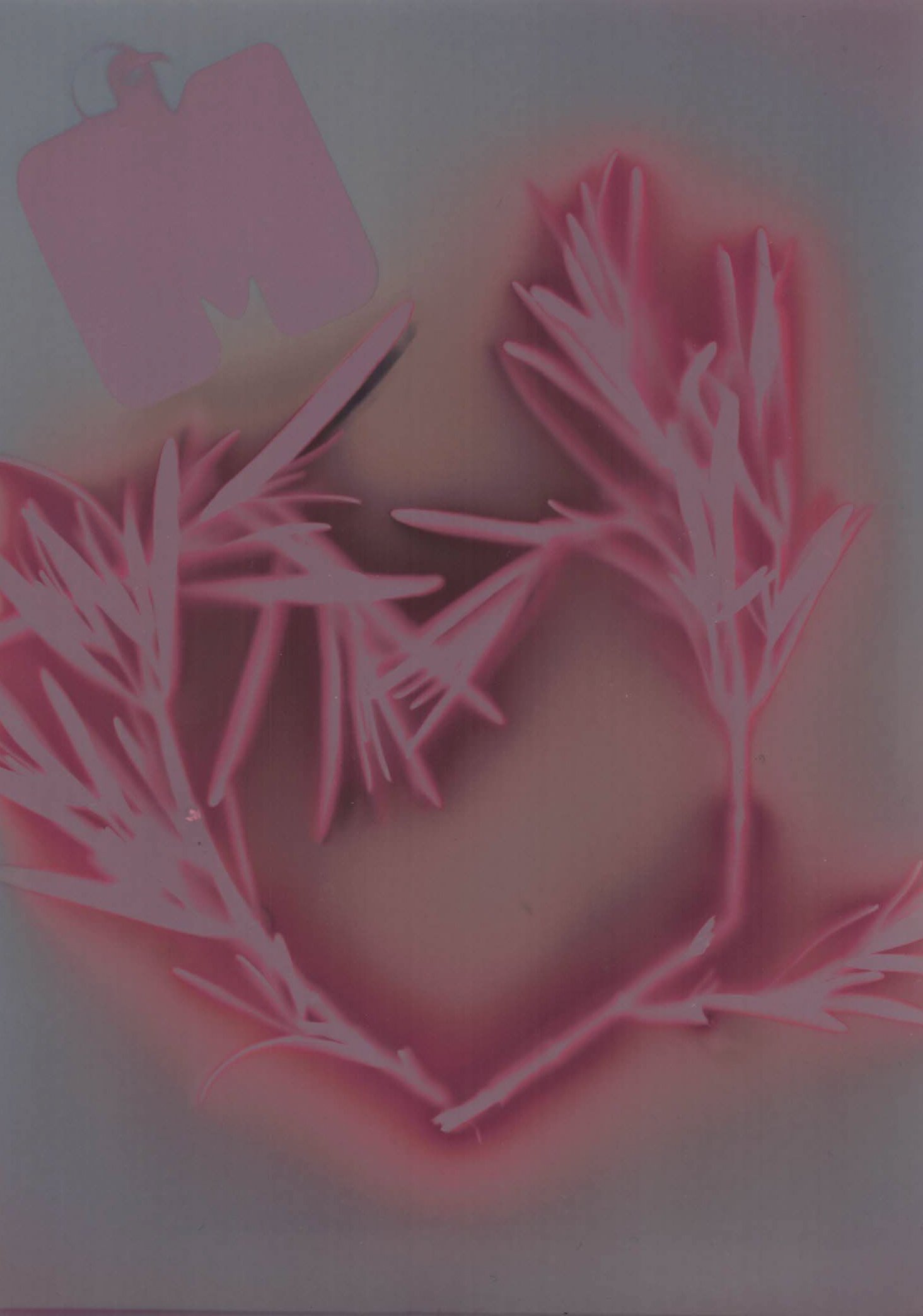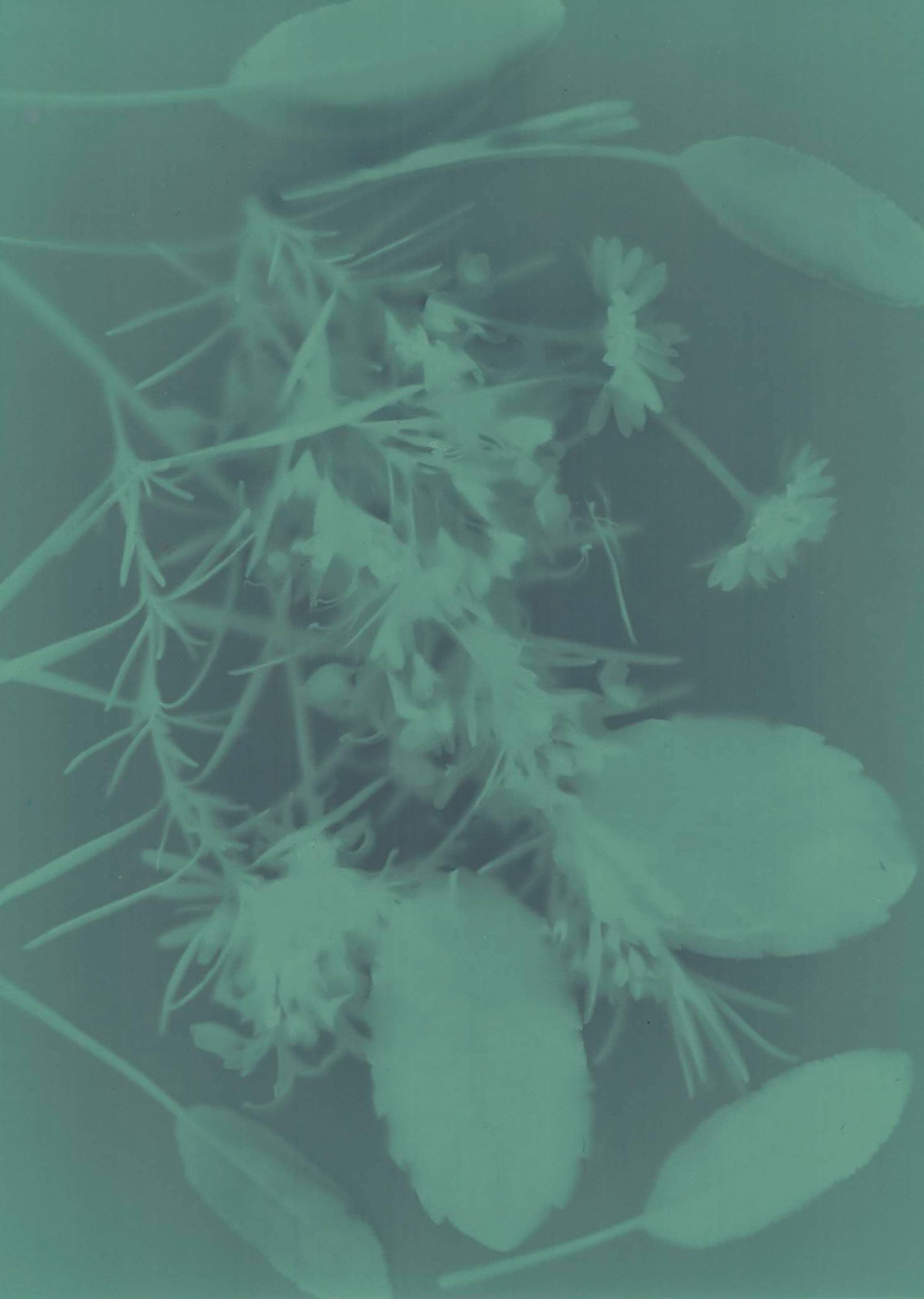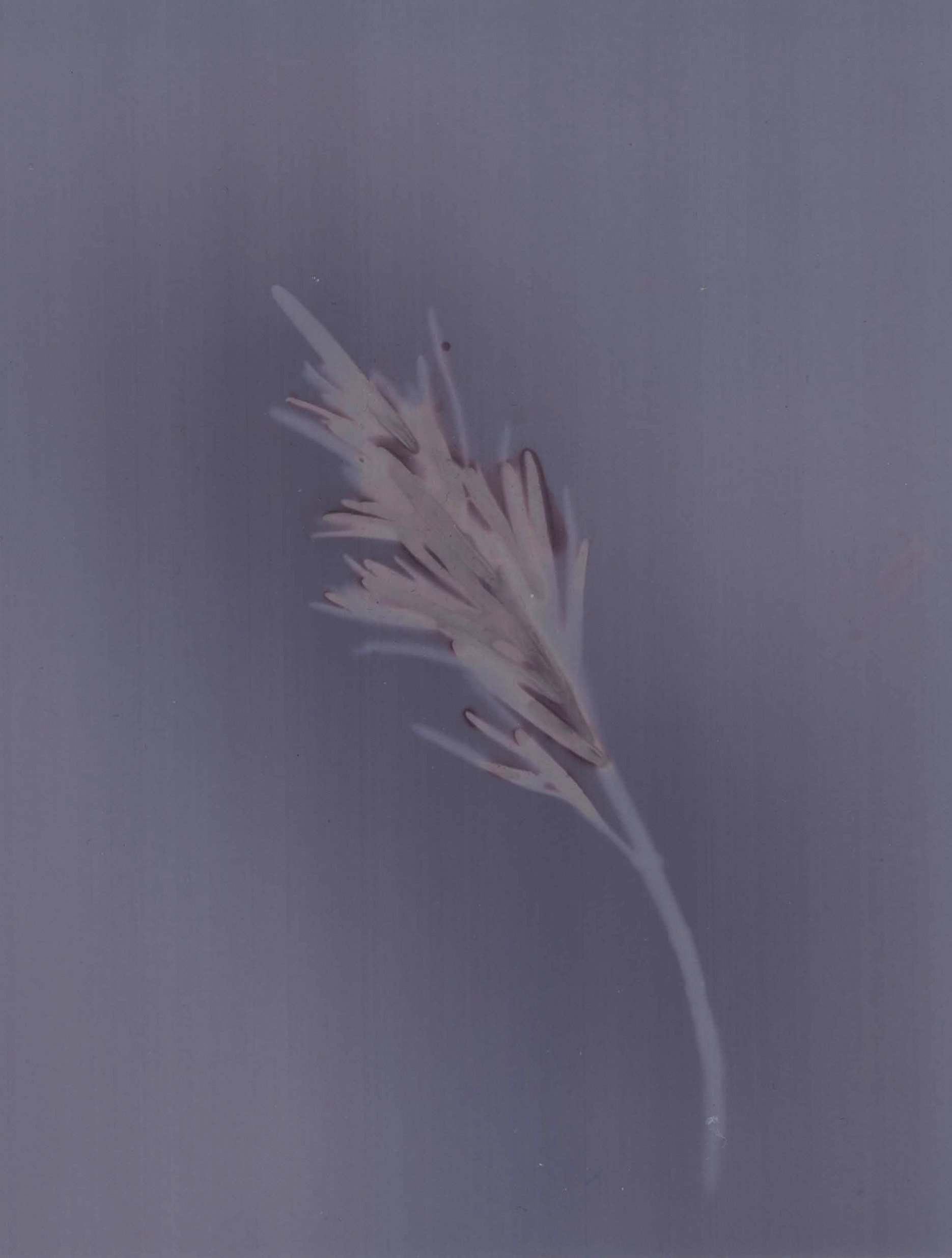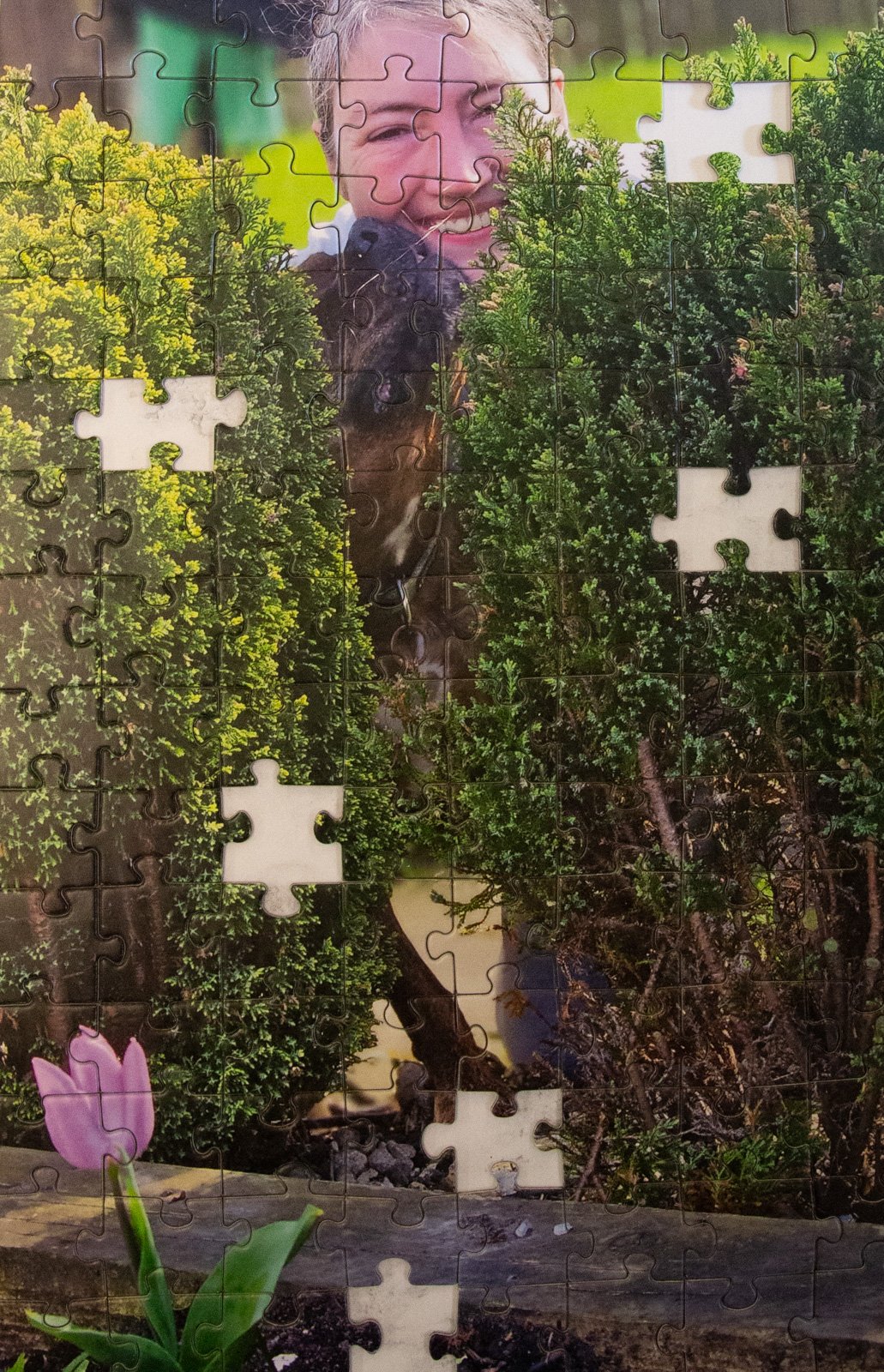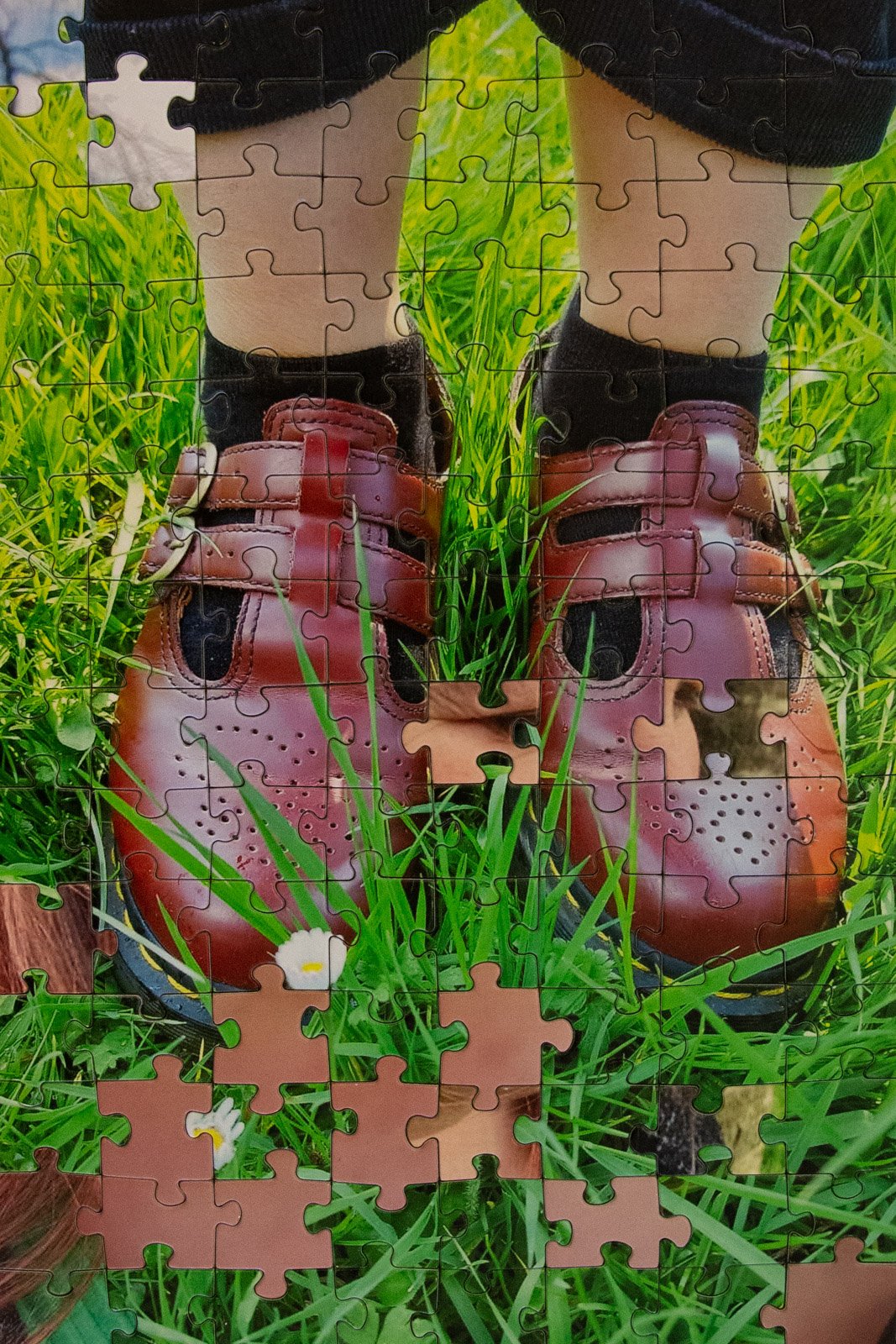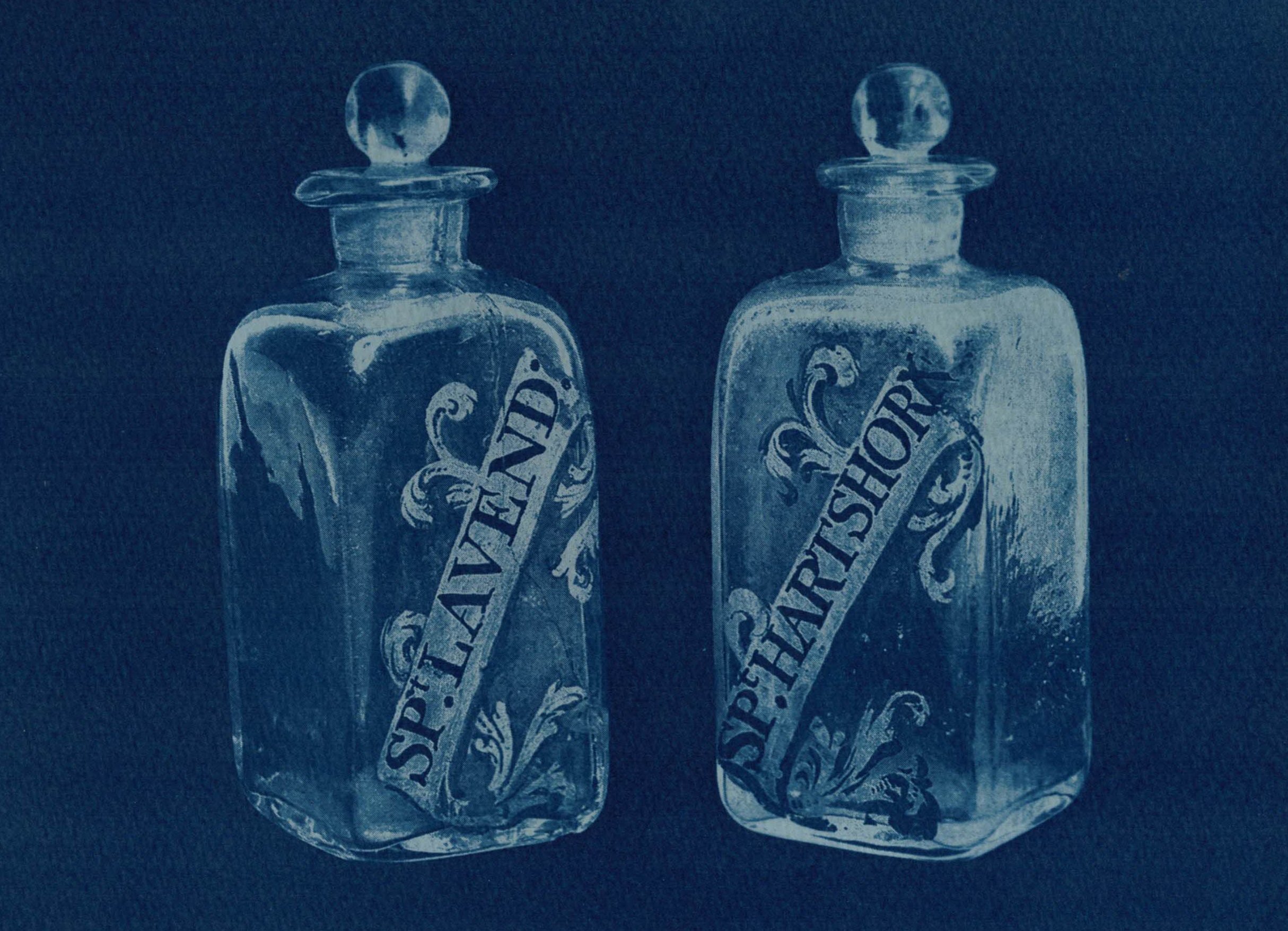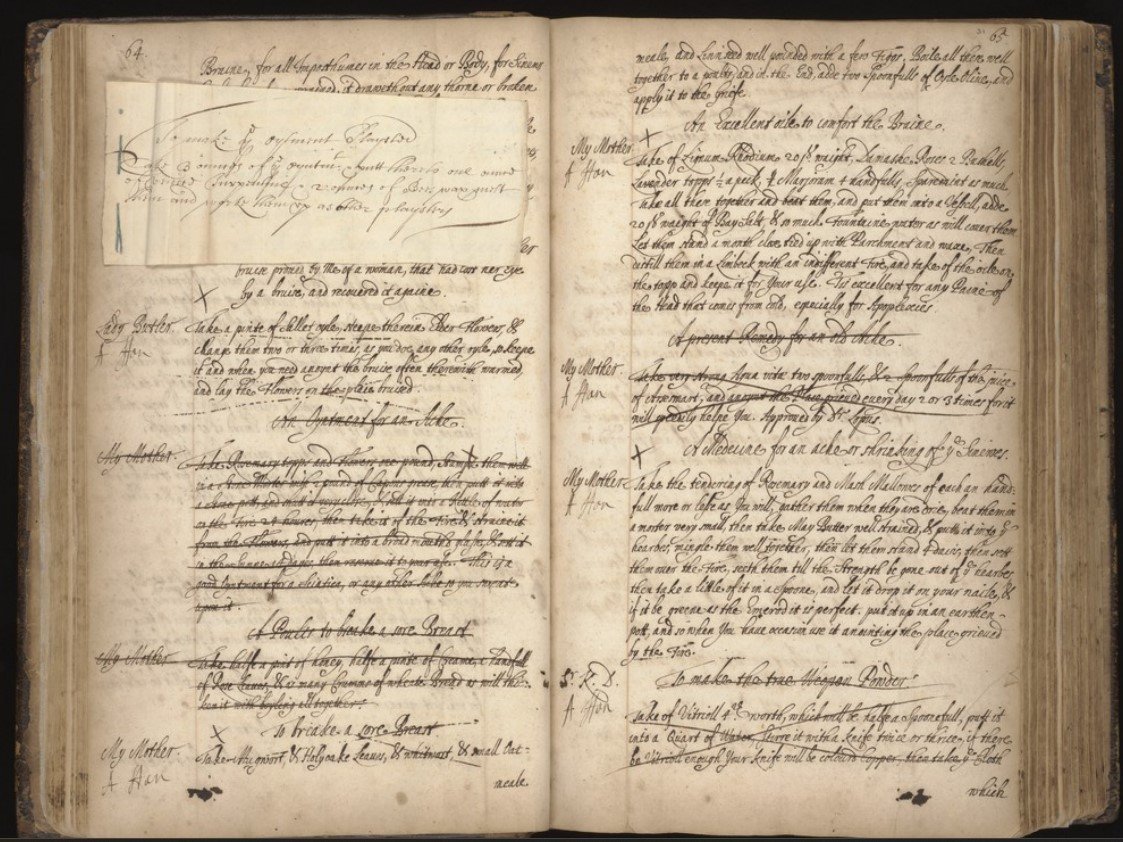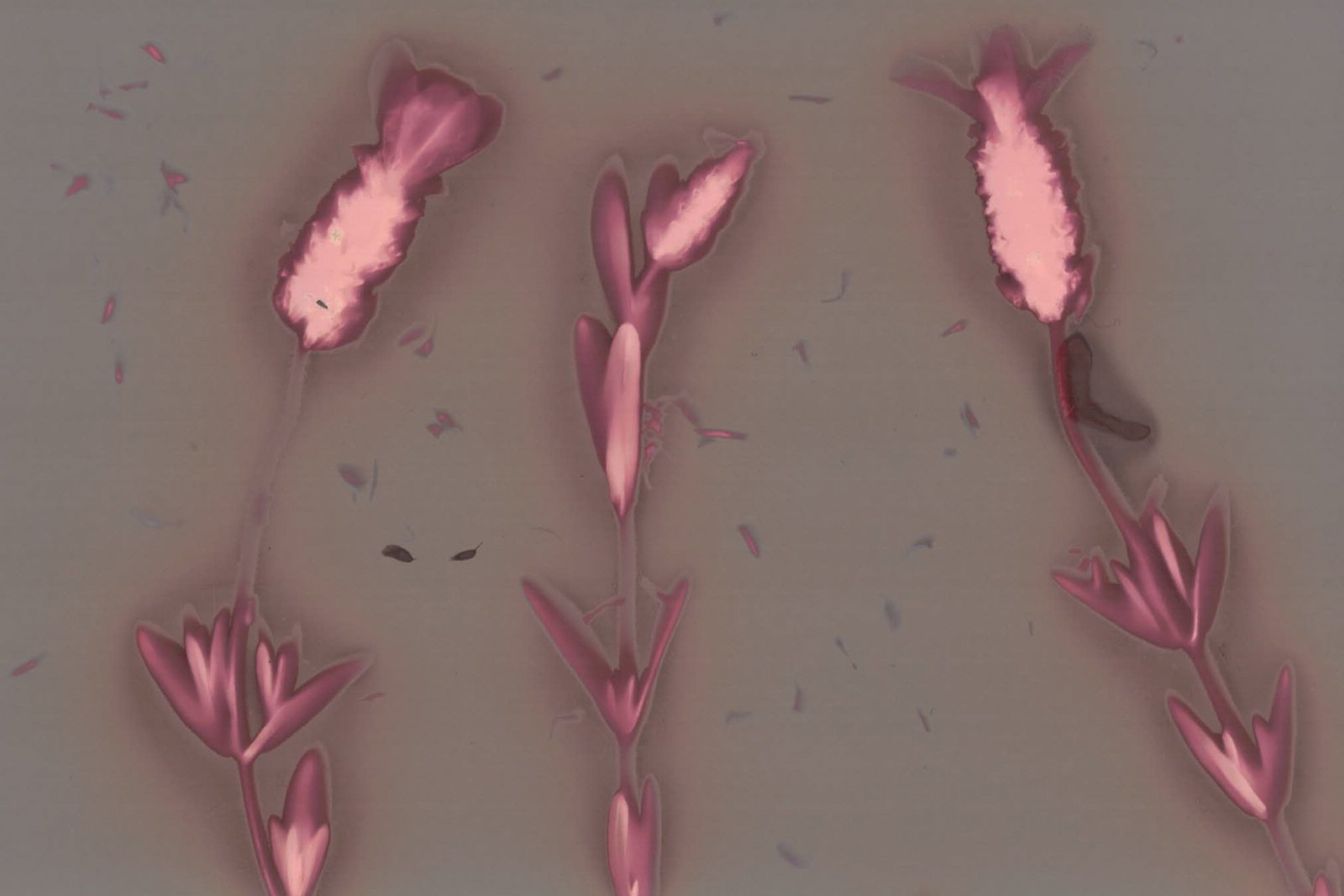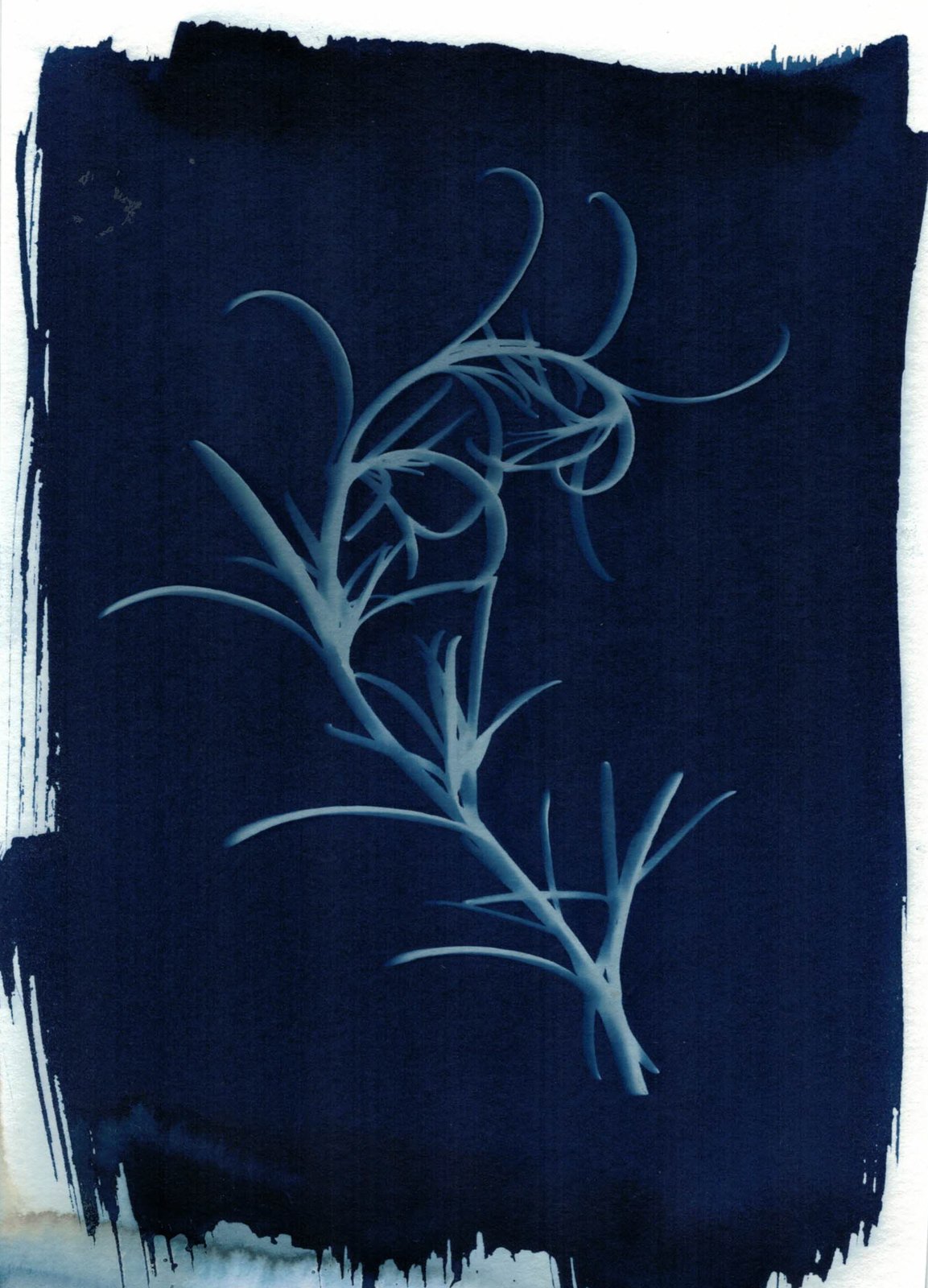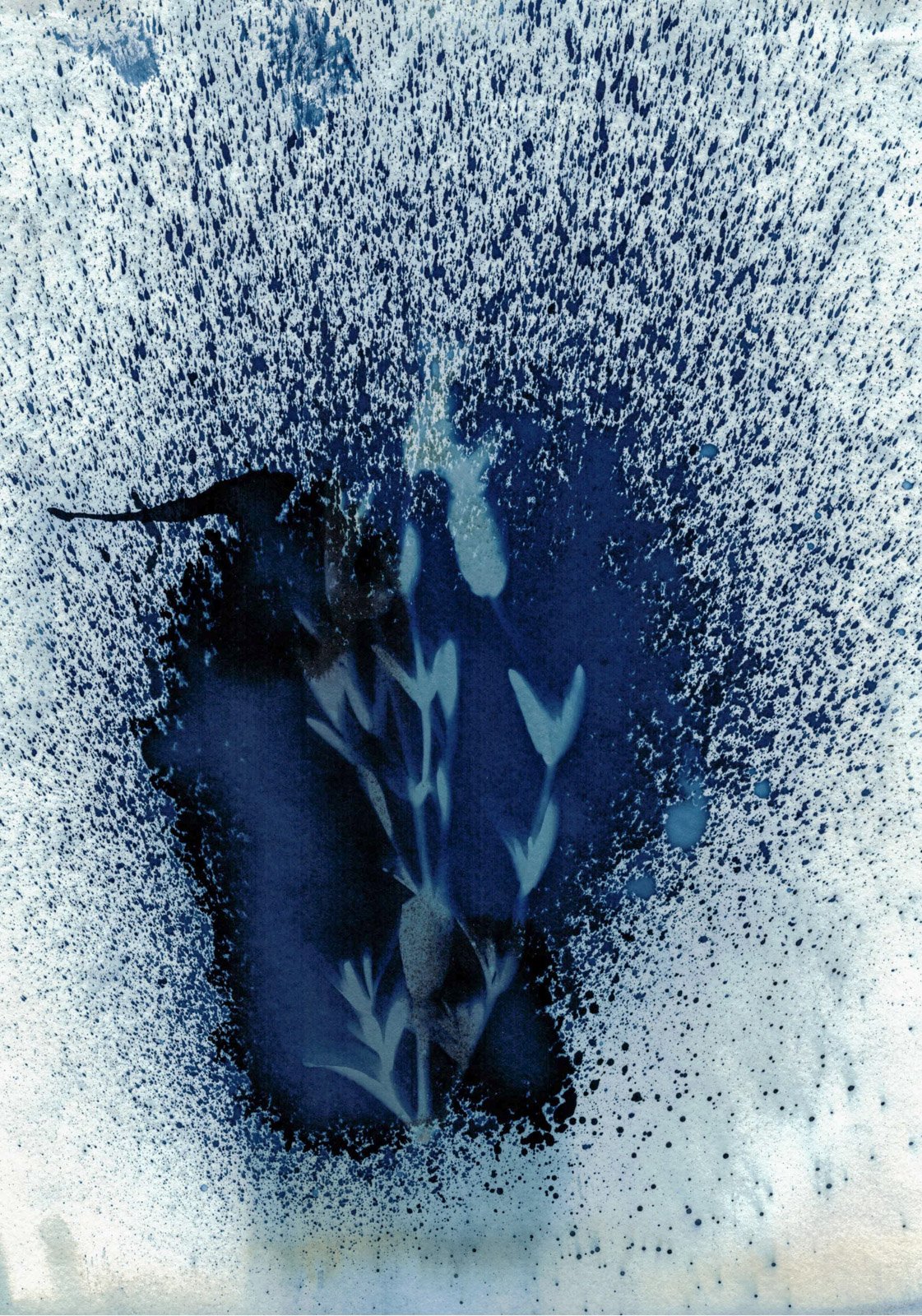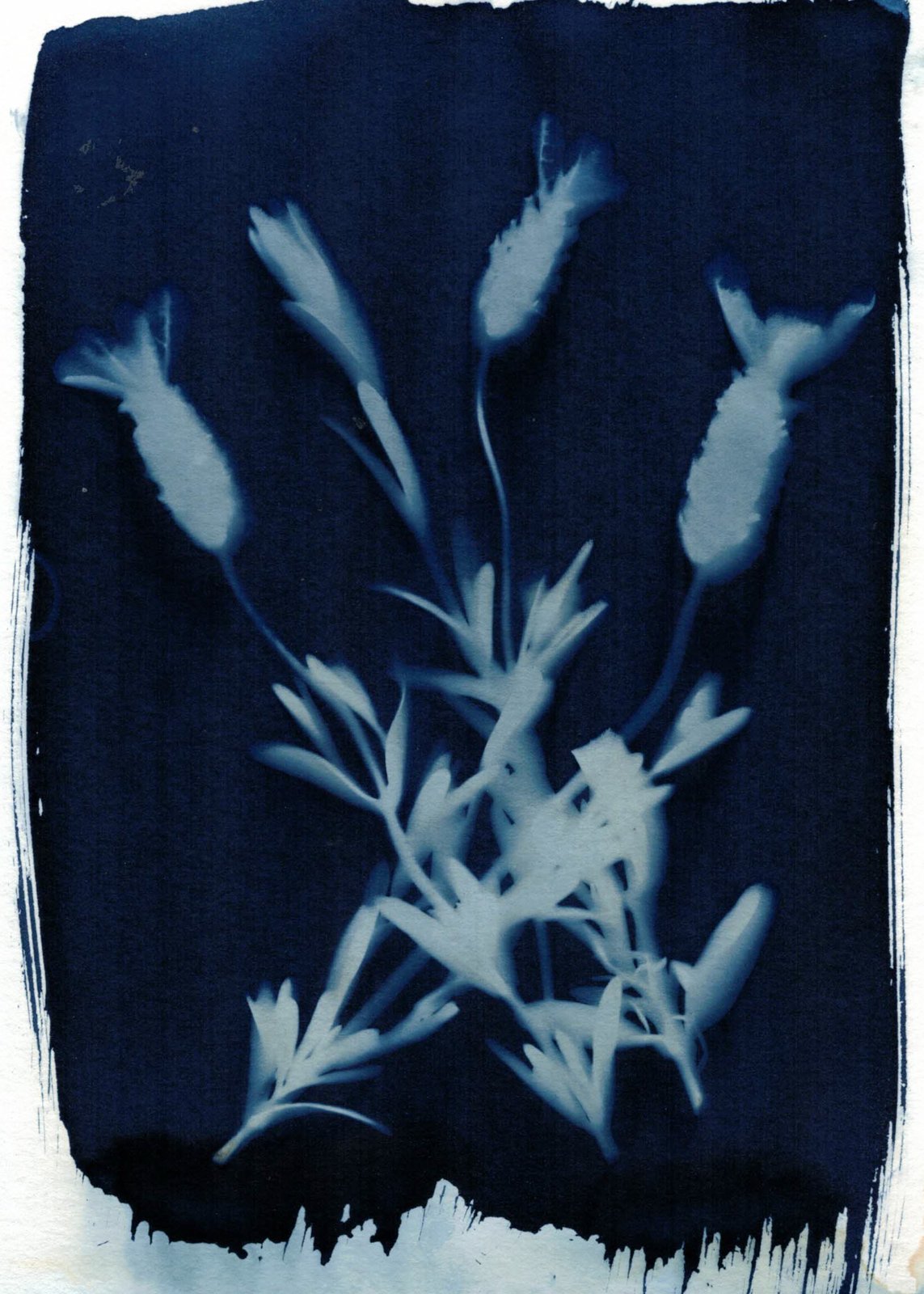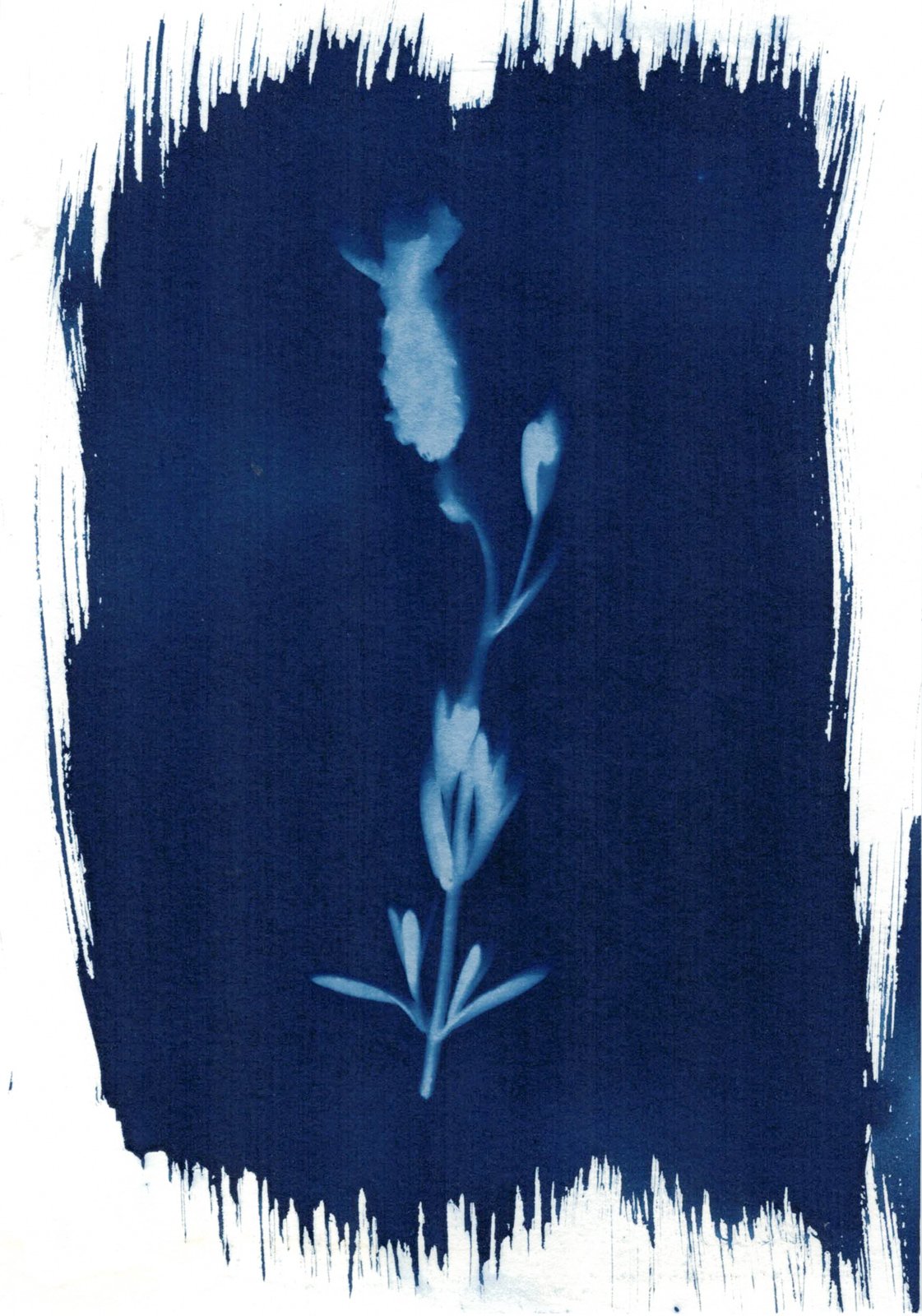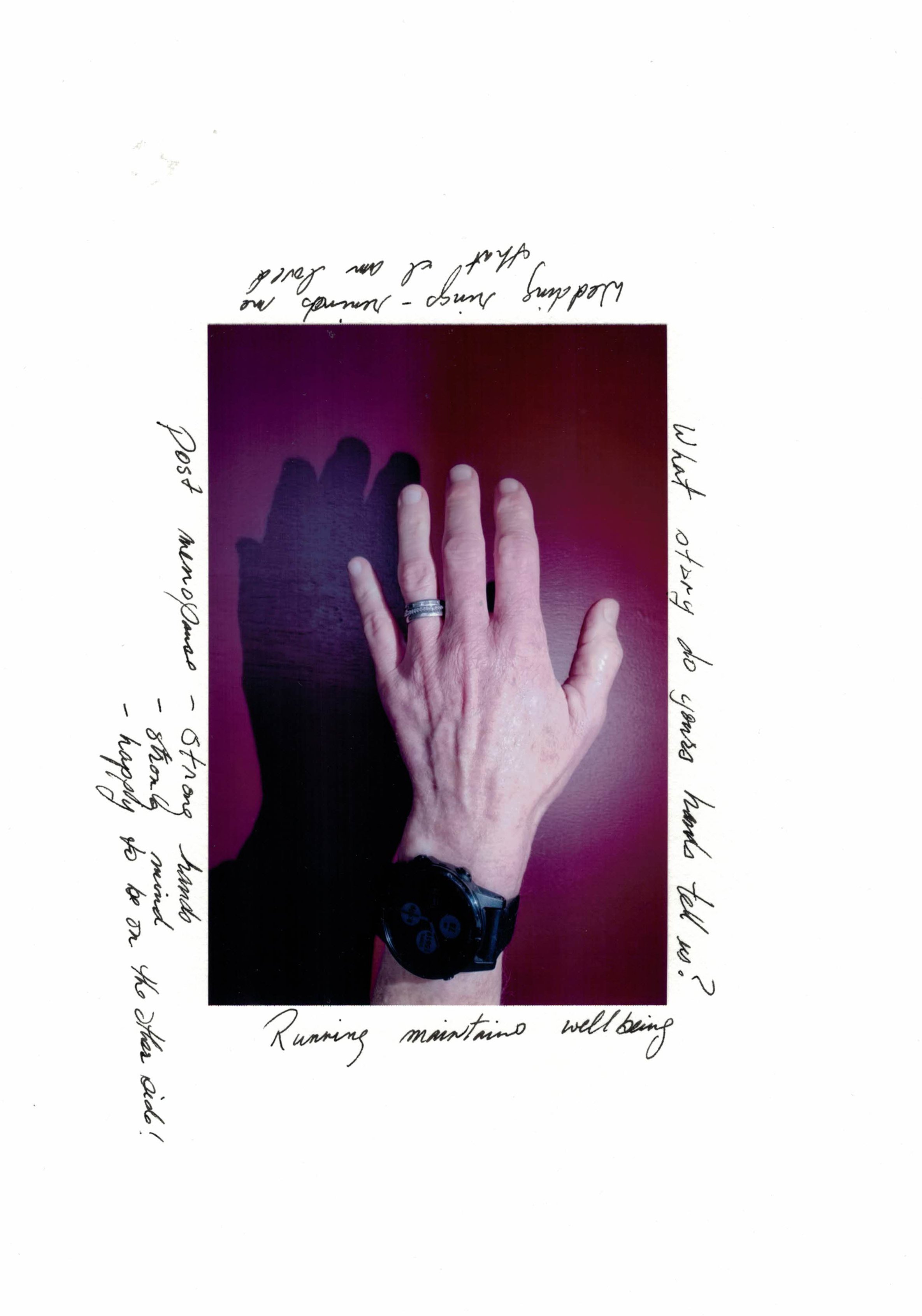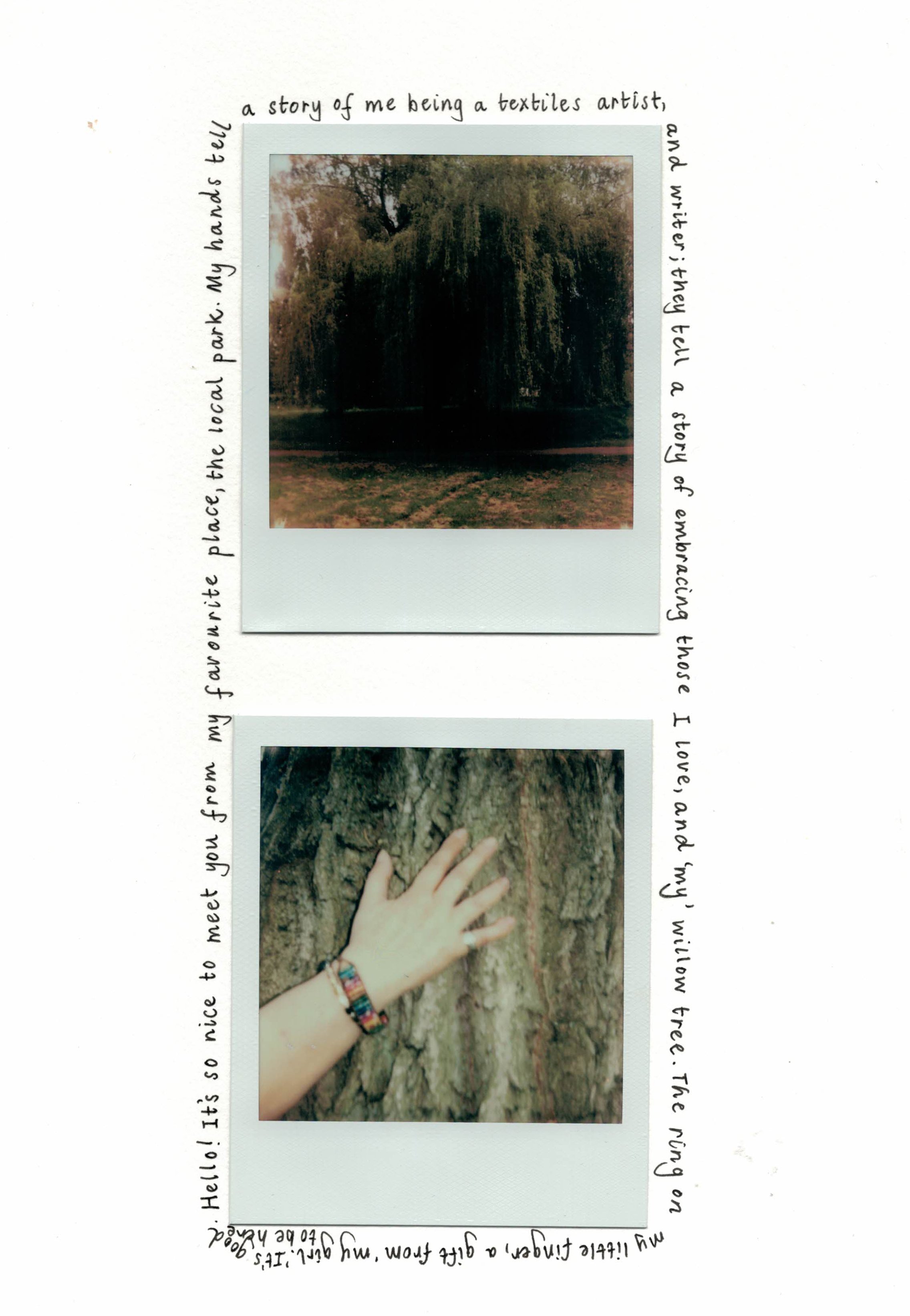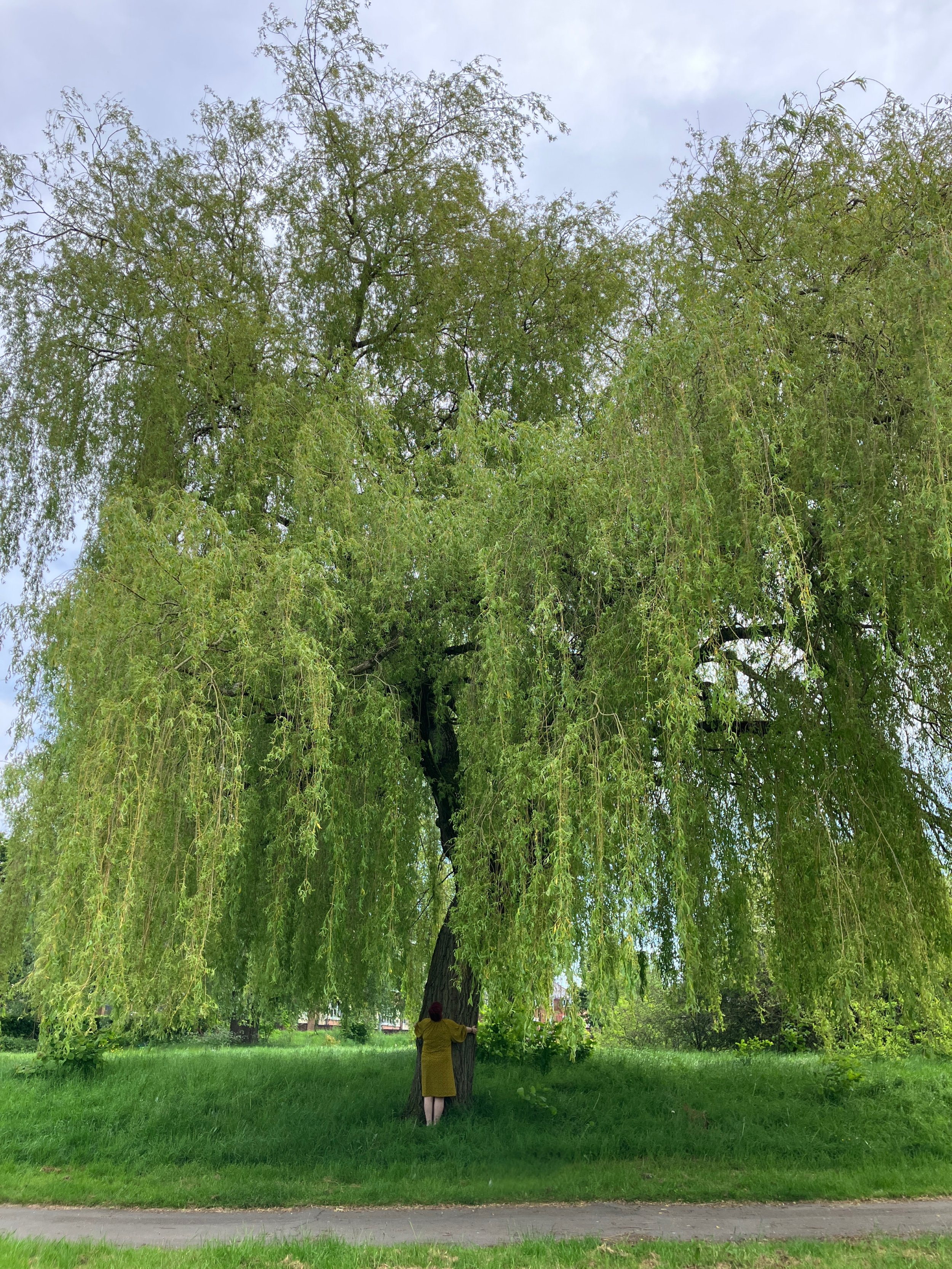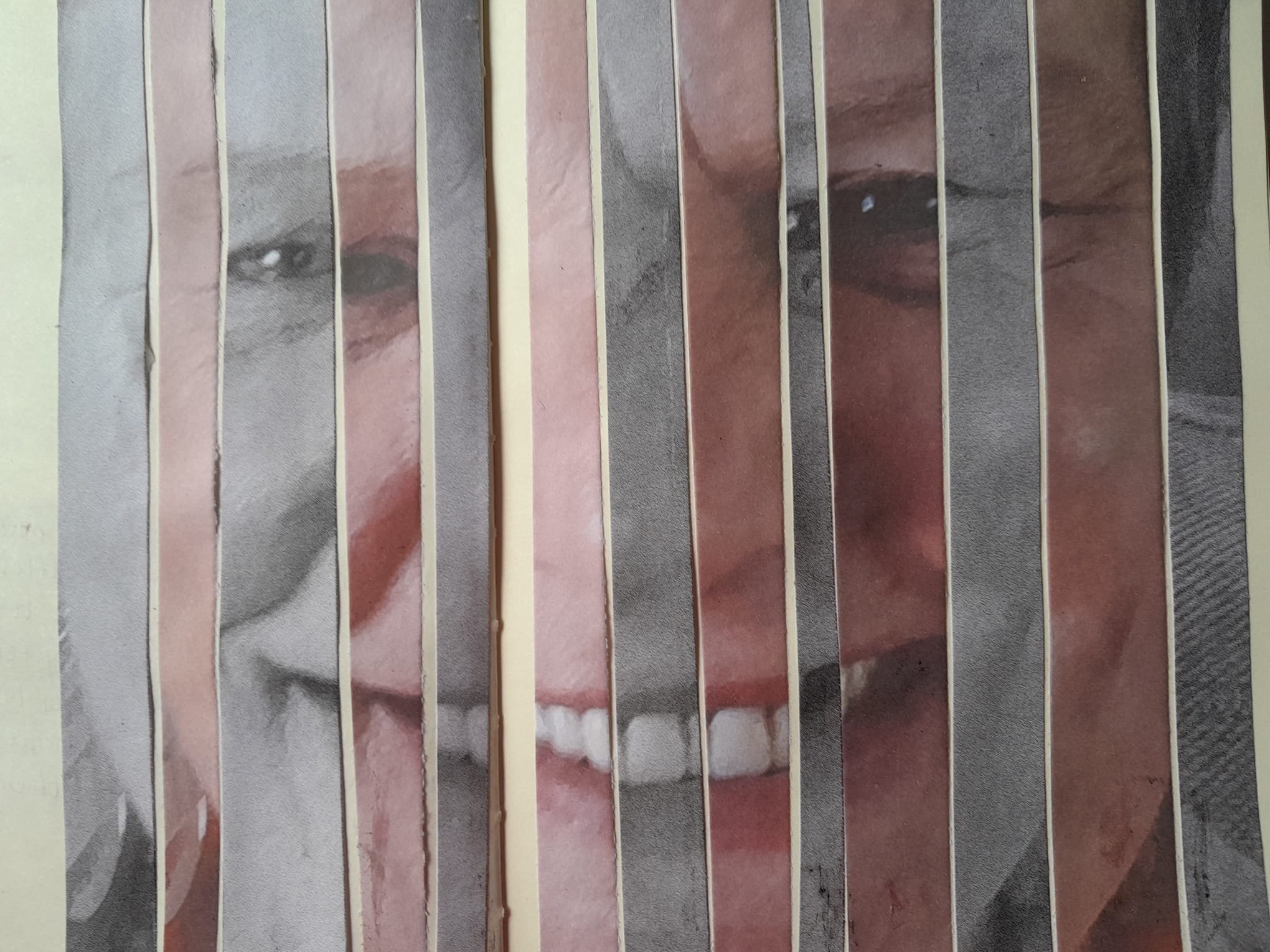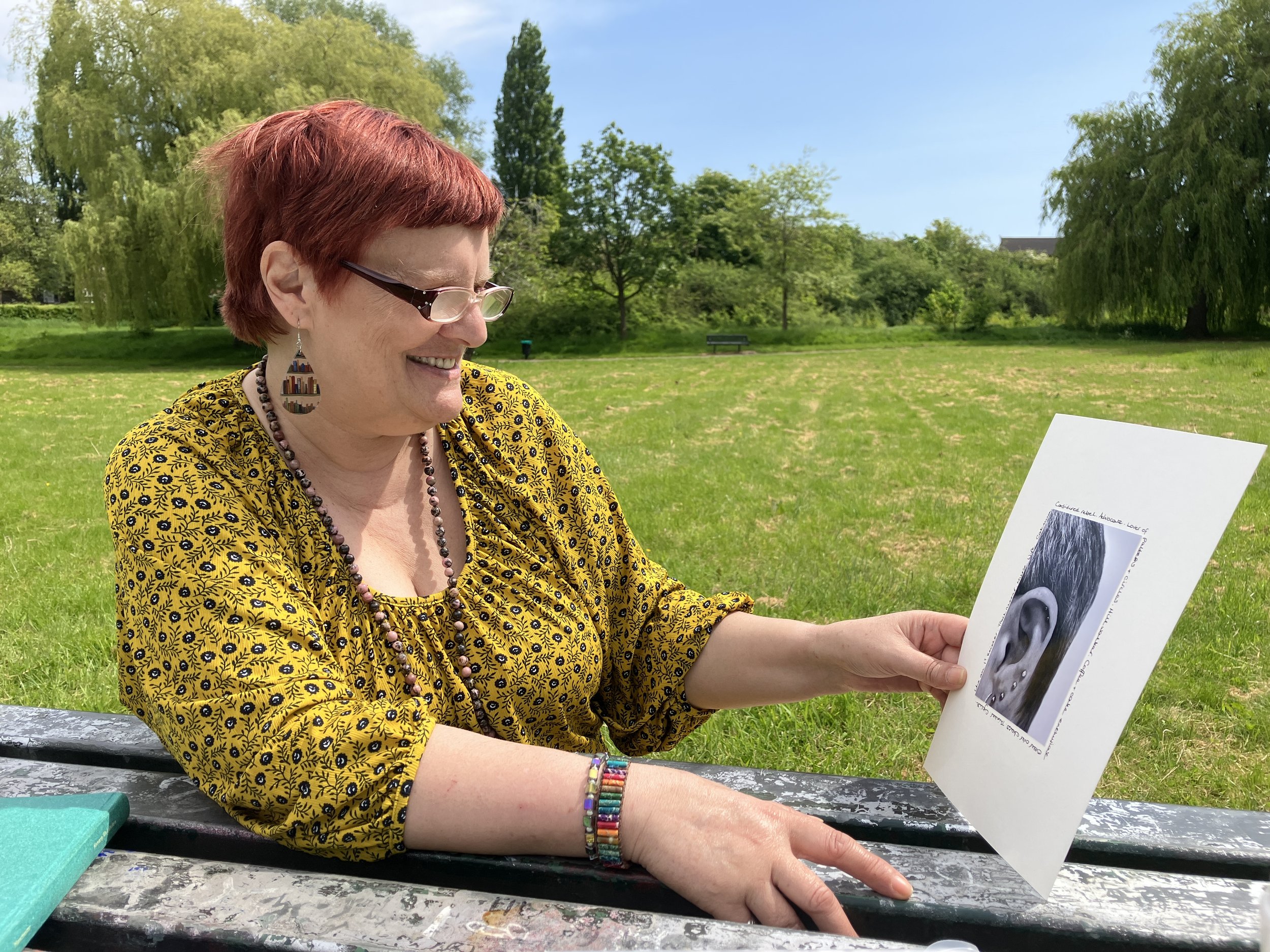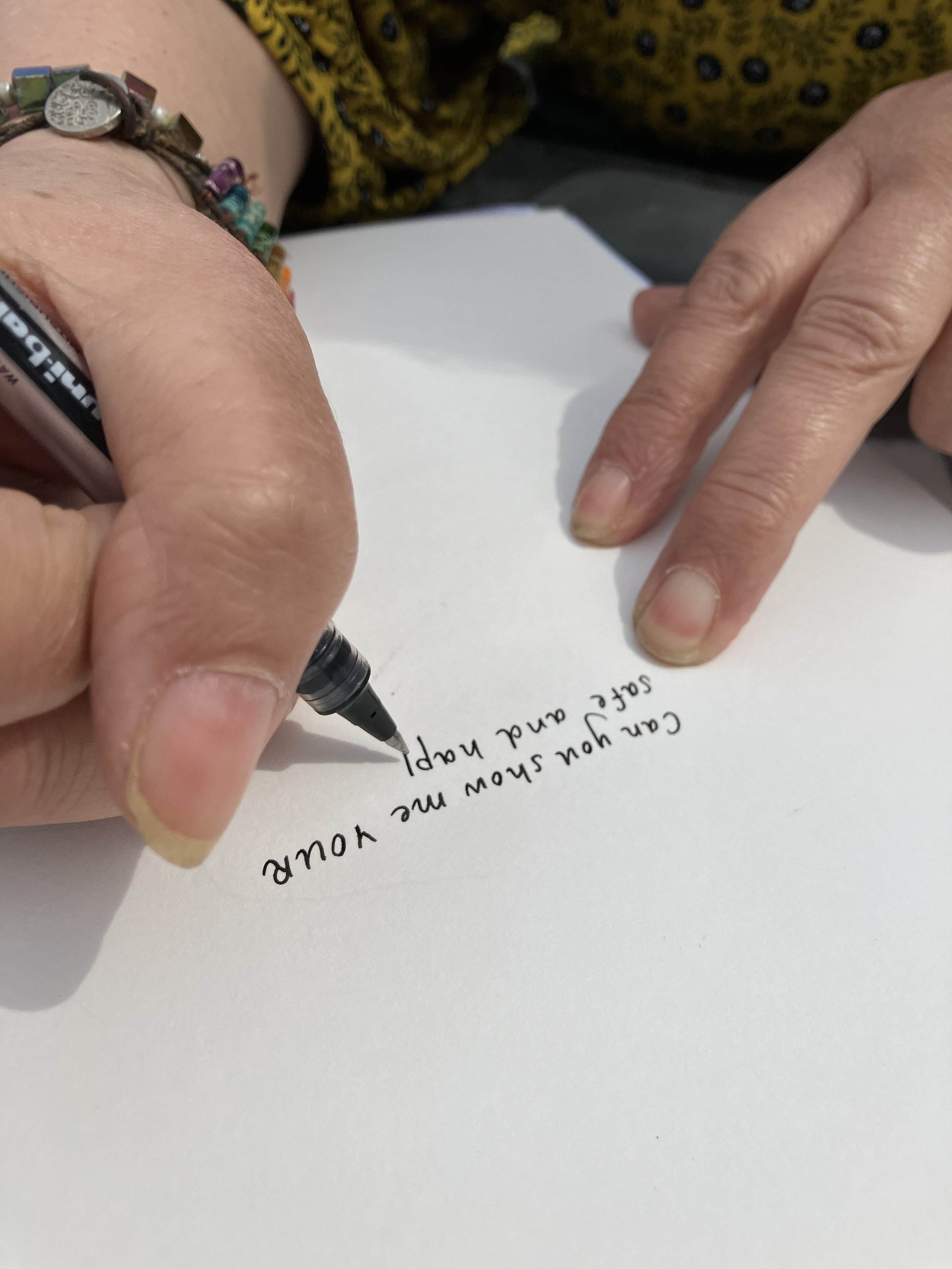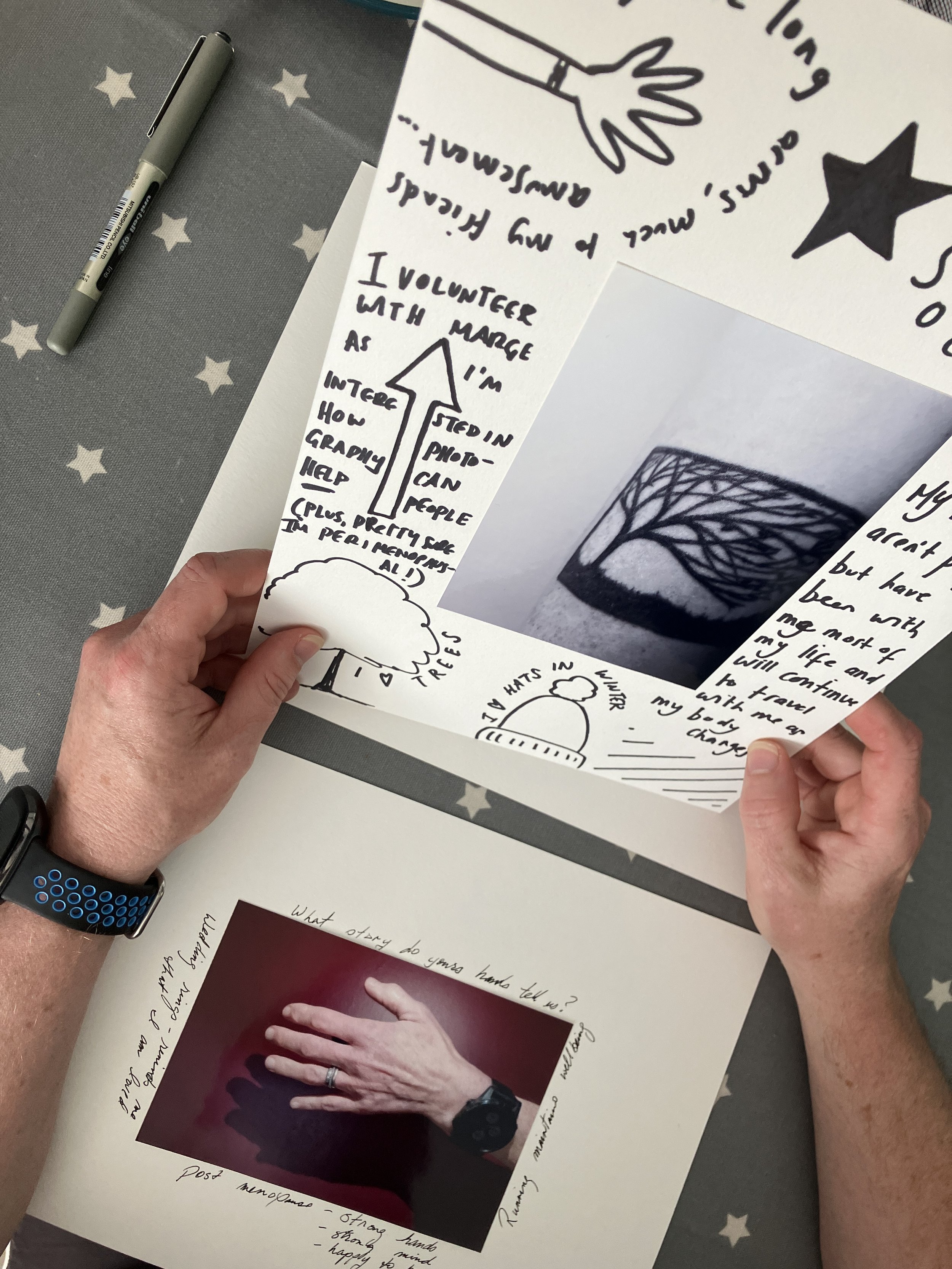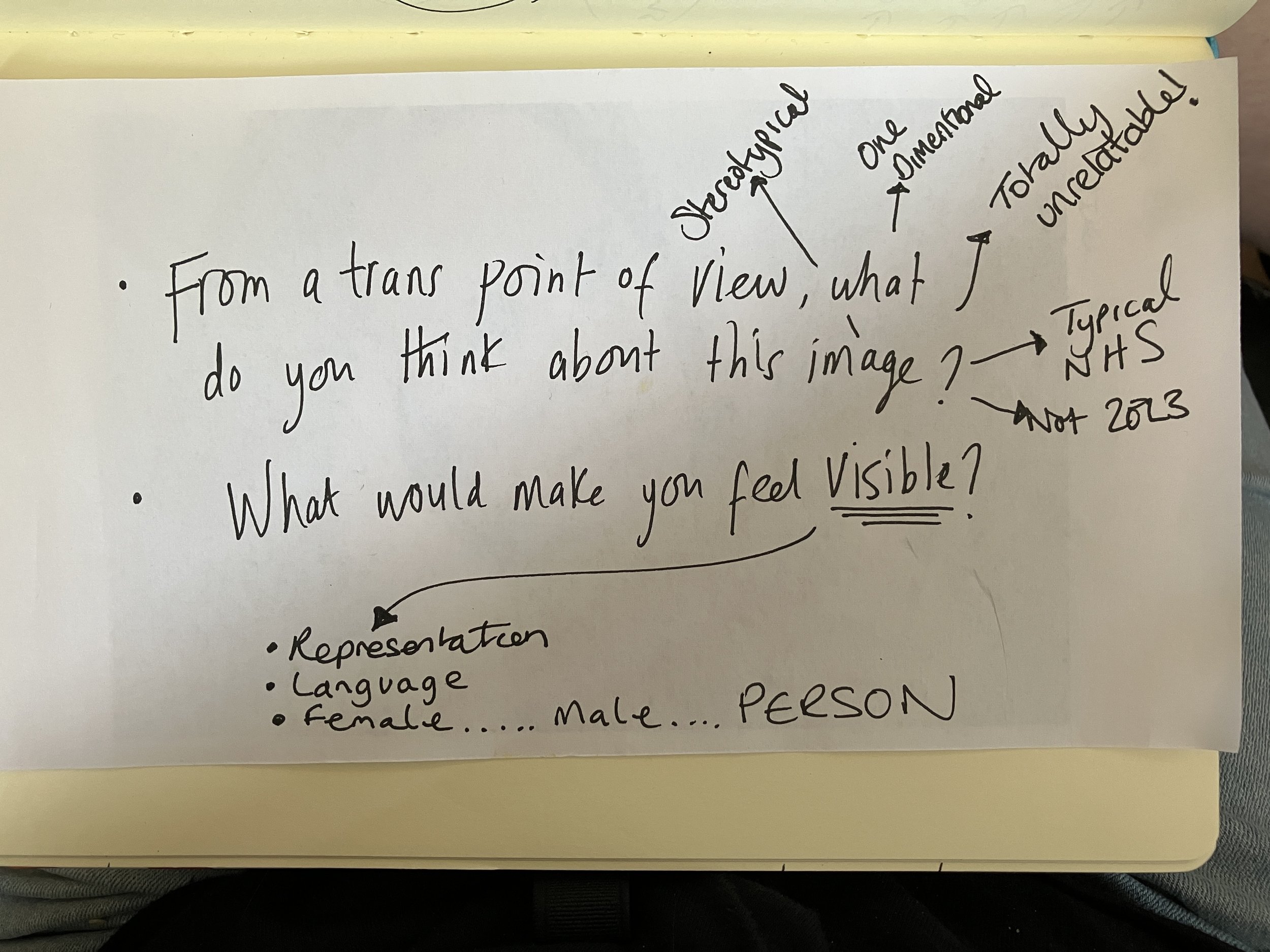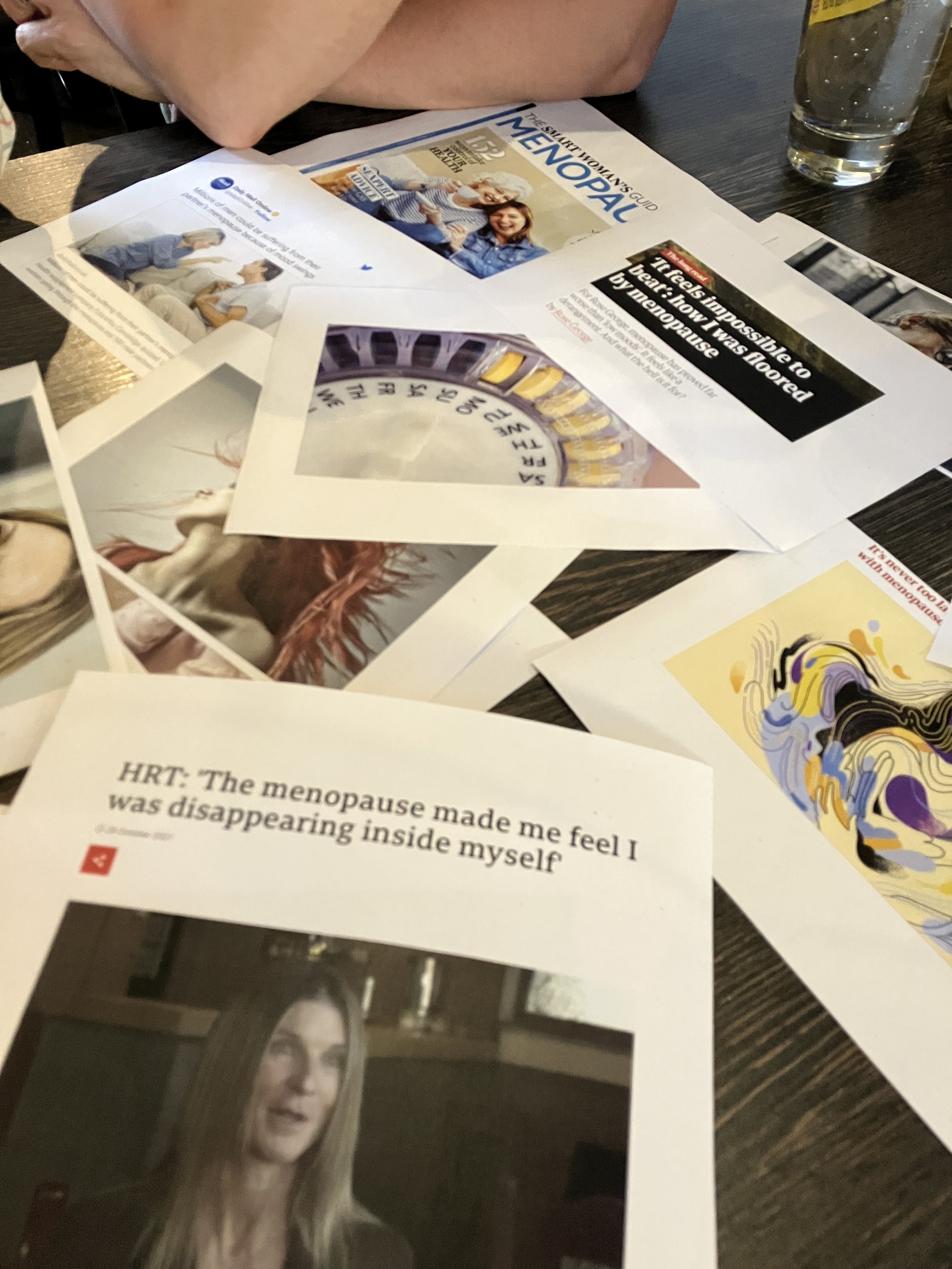may field notes
These notes are updated cumulatively during the month. They’re more a record of what we did, rather than what worked/didn’t (expect a long blog post on that at the end).
Breightmet group update
Public Domain Mark. Credit: Three women huddle eagerly around a medicine bottle; perhaps connected with pregnancy. Mezzotint by T. Scratchley, 1771. Wellcome Collection. The bottle is labelled "Mother Gibsons blessed medicine."
Continuing our conversations on the themes we decided on in April, this month we’ve started looking at alternative remedies and the ways we can take positive action during peri and menopause (e.g. through diet/exercise etc). As the sessions aren’t about providing medical advice, I wanted to be really careful about how we approached the topic of remedies. I decided that drawing on herbal medicinal heritage as a jumping off point might open up a more appropriate and creative line of enquiry.
Coincidentally back in January when I was researching the history of menopause in advance of my sessions, I read this blog by Julia Nurse from the Wellcome Collection about herbal medicines and the early modern menopause. I ended up looking at both the language used around menopause, and experiences of menopausal people in medieval and early modern times. It’s interesting because their experiences of being ignored or misdiagnosed resonate with the stories we hear about today. Whilst some of the medieval and early modern remedies are strange, a lot are still used today (for stuff other than the menopause too). For example using nettle (immune and low energy), sage (sense and memory), rosemary (memory loss) and mint/penny royal (eased headaches and ‘purified’ the blood, was seen as an antidote to ‘spasmodic, nervous and hysterical affections’. It was also used against cold and 'affections of the joints.')
Thanks to the funding on this project, I was able to meet Julia in person at the Wellcome Collection to find out more about medieval and early modern menopause, and to view some of the archive materials in the special reading room. I’ve always loved the Wellcome, so being able to draw on their brilliant archive for research has proved to be very useful for this project.
The Butterflies group were interested in cameraless photography practice that I’d shared with them in the first two weeks, So we took inspiration from the Wellcome’s archive collection (especially the below beautiful lithographs and coloured etchings) and created lumen prints using sage, rosemary and mint as a starting point. We also used other materials from the Wellcome Collection to inform discussions around language and menopause (for example distempers, menses and other archaic language used for menstruation and menopause).
“Where menopause was discussed, women were blamed for it. Failure to ensure a regular monthly cycle was viewed as ‘neglect’, which could cause early menopausal symptoms. These were described in 1670 as “rebellious distempers”: “Vapour, Flushings all over the Body, the Whites in abundance [discharge], pursiness at Stomach, loss of Appetite, Cholicks, Faintings, or other the like Weaknesses and Indispositions, which if not timely remedied, brings Ulcers or Cancers in the Womb, Dropsies, Consumptions or other fatal Distempers.”
(Julia Nurse, Research Development Specialist, Wellcome Collection)
Credit: Public Domain Mark (l-r). Two flowering plants sage Salvia officinalis and meadow sage Salvia pratensis. Coloured etching by C. Pierre c. 1865 after P. Naudin, Wellcome Collection; Rosemary from ‘A curious herbal containing five hundred cuts, of the most useful plants’ biodiversitylibrary.org; Pennyroyal Mentha pulegium and creeping thyme Thymus serpyllum entire flowering plants. Coloured etching by C. Pierre, c. 1865, after P. Naudin, Wellcome Collection; Seven different types of sage Salvia species flowering stems. Coloured lithograph, Wellcome Collection.
Some examples of work from the lumen print session inspired by the Wellcome Collection materials are below.
Credit:(Top row l-r: work by M, N, G, L. Bottom row: work by N, M, M, M).
This month we’ve also returned to the theme of ‘losing a piece of me’. In April the group had taken photographs inspired by different styles of portrait. We’ve taken those portraits, had them printed as jigsaws and then attempted to visualise this theme through playing around with the pieces.
This week we’ve been looking at the group’s choice of topic: sleep deprivation. We used lavender as a stimulus for conversation and sensory exploration and we used some of the Wellcome Collection archive images to inspire both our discussion and work in cyanotypes. We’ve also created nettle anthotypes which I’m hoping will be ready in 3 - 4 weeks’ time.
Lavender is used today as an aid for sleep (think lavender pillow spray or lavender heated cushions or soft toys), but it was also commonly used in early modern medicinal, cordial waters to scent them. This was usually for sprinkling on clothes or for scented oils, and often for headaches. Thanks to support from Julia at the Wellcome, I’ve been researching the various historical uses of lavender and other herbal remedies - some of which we can assume may have been used to ease menstruation or menopausal symptoms. The below recipe is taken from ‘Early modern recipe books, Wellcome Collection; Fanshawe, Lady Ann (1625-1680).’ thanks to translation being undertaken by the Wellcome Collection team.
An Excellent oile to comfort the Braine
{My Mother A Han}
Take of Lignum Rhodium 20/8 waights, Damaske Roses 2 Bushells,
Lavender topps 1/2 a peck, & Marjoram 4 handfulls Sparemint as much,
Take all these together and beat them, and put them into a Vessell, adde
20/8 waight of Bay Salt & so much Fountaine water as will cover them.
Let them stand a month close tied up with Parchment and waxe, Then
distill them in a Limbeck with an indifferent Fire, and take of the oile on
the topp and keepe it for your use. Tis excellent for any Paine of
the Head that comes from cold, especially for Apoplexies.
Below (l): Credit: Two Glass Bottles, marked SPt. LAVEND and SPt HARTSHORX. Wellcome Collection. Attribution 4.0 International (CC BY 4.0.
Below (middle left): Cyanotype by Marge Bradshaw, using the above image.
Below (middle right): Fanshawe, Lady Ann (1625-1680). Wellcome Collection. Public Domain Mark.
Below (r): Work by H.
Below (l-r): work by D, work by F, work by M, work by S.
Bolton LGBTQIA+ group update
I’ve held three sessions this month with my core LGBTQIA+ group in Bolton. I’m working to deliver this group with volunteer Kate, a brilliant photographer and aspiring socially engaged artist and I’m really glad to have her join me. We’re a small but perfectly formed group of four, and we’ve already started exploring the gendered and heteronormative narrative of menopause in our conversations. It’s a confident and creative group who’ve got on really well from the start. I’ve responded to that and taken a different approach to socially engaged practice than I’ve used at Breightmet, Neither is right or wrong, but the LGBTQIA+ group is definitely one which feels like the authorship and decision-making balance between us is more equal and truly collaborative.
It’s not just about collaboration between me and the core group though, it’s also about collaboration with my 1-1 participants. I’ve held two separate sessions this month which have been focused on getting to know each other. I hadn’t planned to deliver these when I submitted my bid (and I’m having to use contingency budget to cover my time and costs), but having spoken to Indigo Gender Service (who are a project partner providing advice and support to me), I realised that not everyone might be able or willing to share their story in a group setting. I’m so glad I decided to do these, as it’s proving to be meaningful and beneficial for us all. Both bring different viewpoints into the mix. Although I knew it would be a tough ask (given the taboo nature of menopause), I was initially disappointed that we didn’t have a bigger uptake during recruitment (and I’d set a target of ten to reach). But things have turned out OK and I think that’s just the reality of doing this kind of work.
I’ve been particularly keen to make sure that the 1-1’s have some form of connection with those in the ‘core’ LGBTQIA+ group. We’ve started this process by creating exchange portraits, made by each participant and shared with the others (including prompt questions or photo ‘challenges’). I’m looking forward to seeing how this exchange of questions and provocations works as the weeks progress, We’ve already started to look at how we can blend or exchange ideas on what we want to discuss and create.
What do your hands tell us?
Show me a true reflection of you.
Share your safe and happy space.
Below (l-r): work by K, P, S and A.
Below (top row l-r): A’s willow tree; A’s collage (a distorted image using a colour and black and white copy of the same photo to show the highs and lows of menopausal and bipolar mood swings; sharing portrait from the core group with A; A’s willow tree close up. Below (bottom row, l-r): writing a photo challenge for others; sharing portrait from the core group with Al; responding to question posed from the core group to Al; photo of headlines and print offs used at meal to inspire conversation around typical menopause visual imagery and language.
We’ve already identified several common topics or themes between us all that we might want to explore over the remaining weeks. These include:
invisibility
redefining the language used around queer menopause
the journey of menopause (and how our lived experiences are different)
alternative remedies
the outdoors as a tonic
working out what’s menopause vs other medical conditions.
There are also some really interesting individual themes that we’ll be unpicking next week when we get into our June sessions. For example:
Opposites (experiences of a trans man vs menopausal symptoms)
Being a ‘glitch’ in the system (experiences of a trans man in accessing health care)
Reflections (concerning identity and gender dysphoria)
Balance (living with bipolar and menopause)
Working class LGBTQIA+ representation
Sleep deprivation
Irritability
Resilience
Liberation and freedom
Menopause narrative as a sinkhole/portal.
We’re also planning a couple of relevant ‘go see’ field trips to inspire our work, including (hopefully) to the Wellcome Collection in London (to meet Julia Nurse who I mentioned earlier), and to the Bronte Parsonage Museum to see Carolyn Mendelsohn’s Hardy and Free exhibition.
